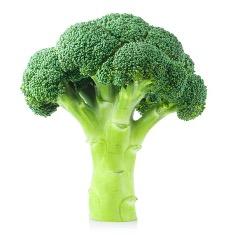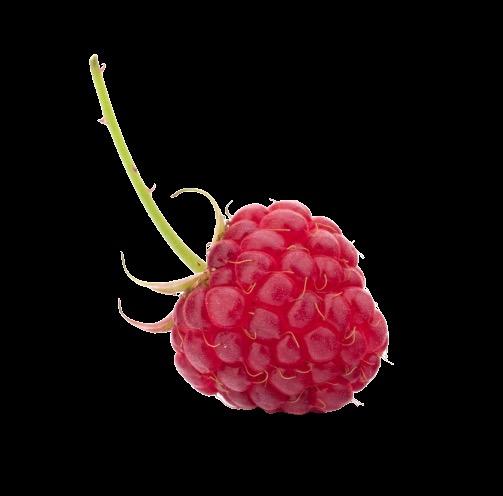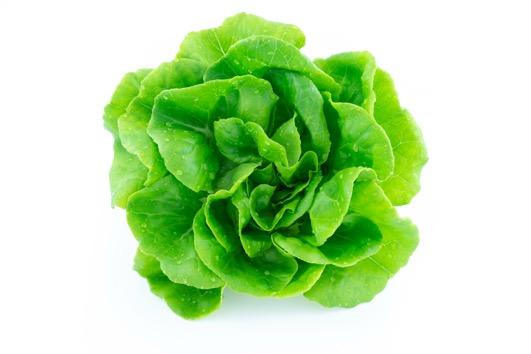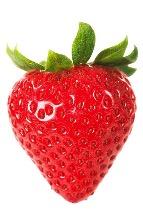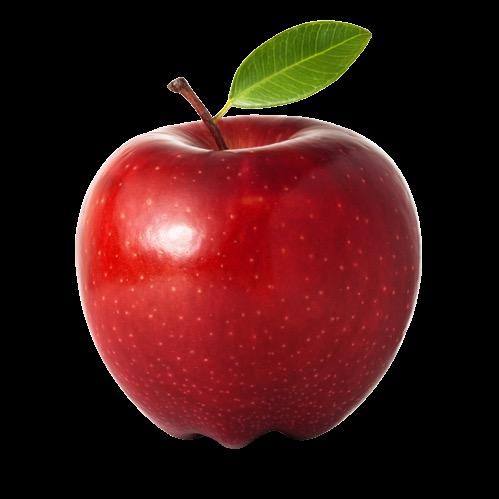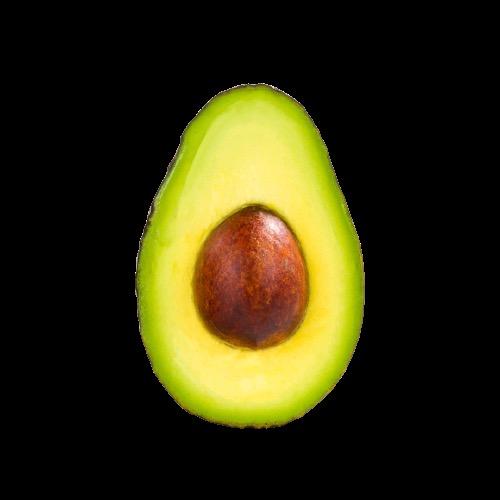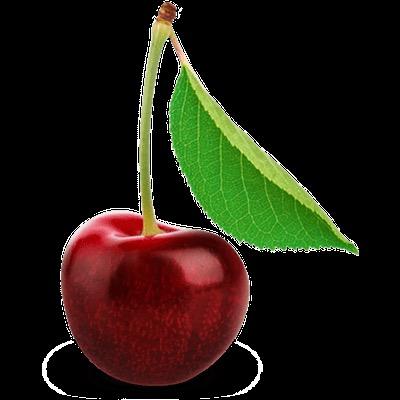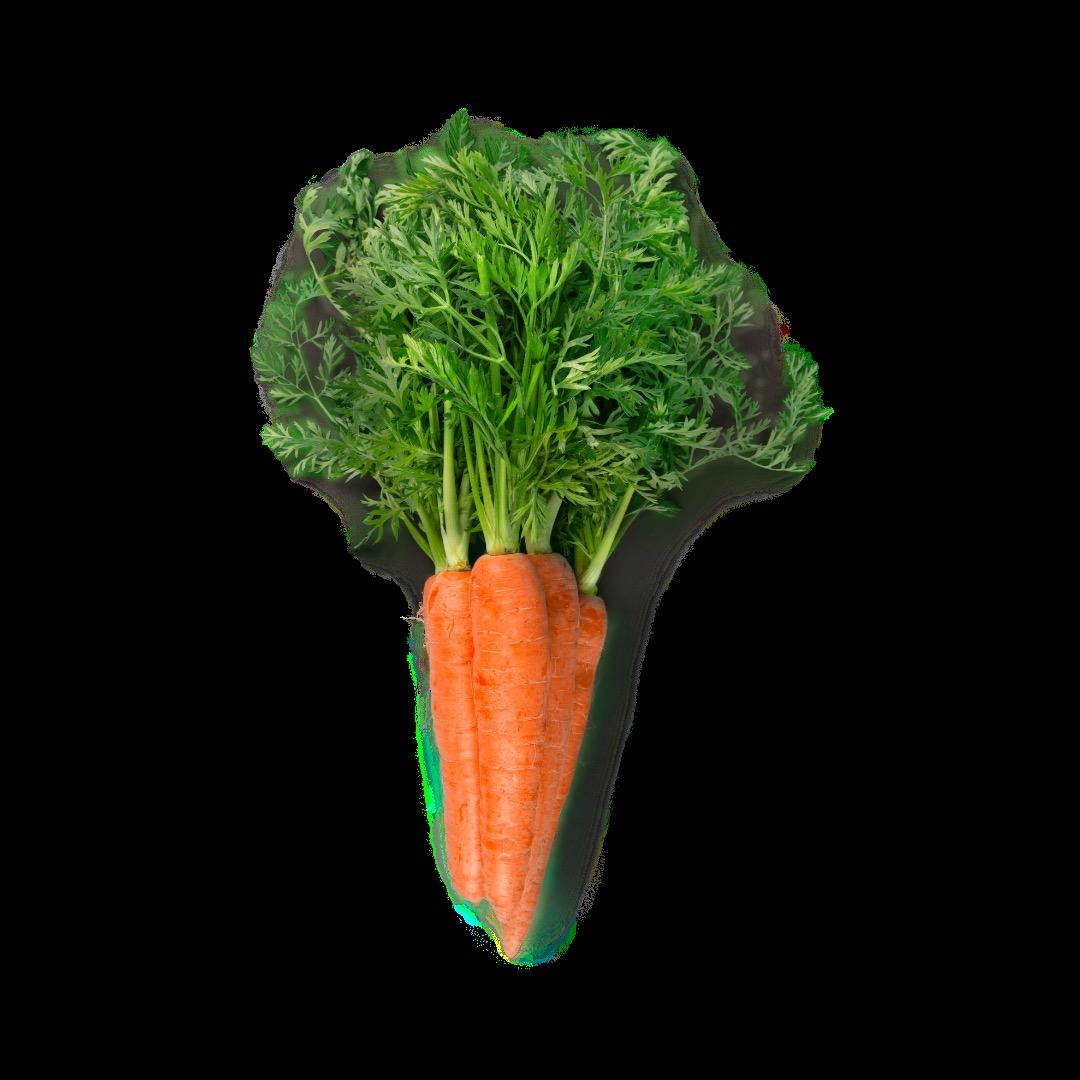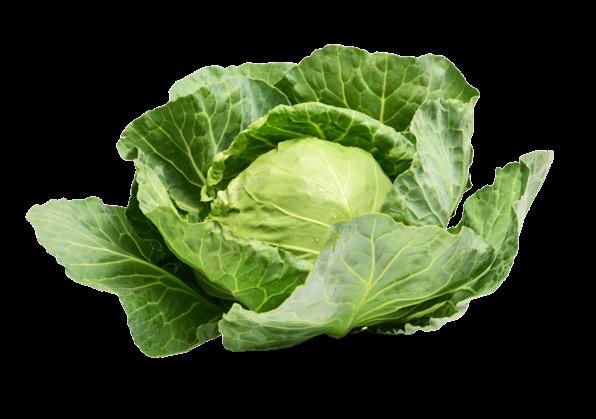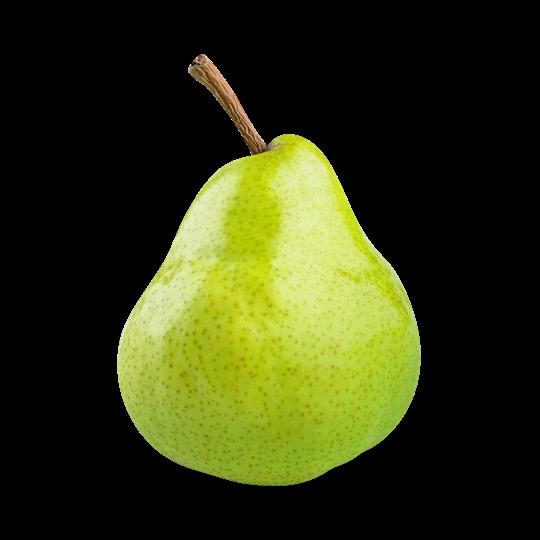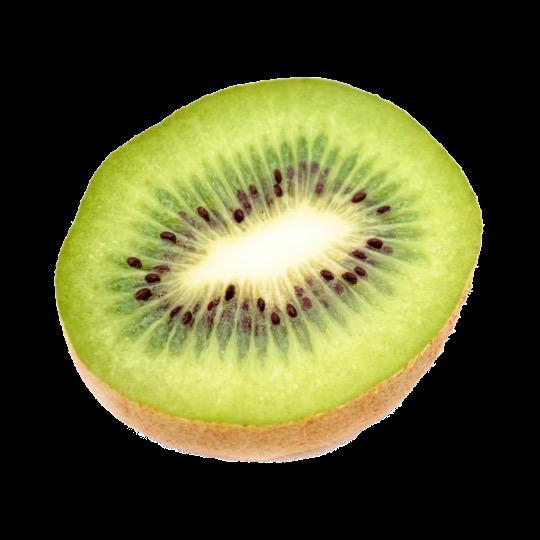




















“Good nutrition is a catalyst for quality teaching & learning!”
Our Mission is to help students achieve academic excellence by balancing good nutrition with physical fitness. To provide low cost, nutritious, well-balanced, and good-tasting meals so that all students will be able to learn at their best.

Putnam County Charter School System’s Wellness Policy

Celebratin g the importance of nutrition education!
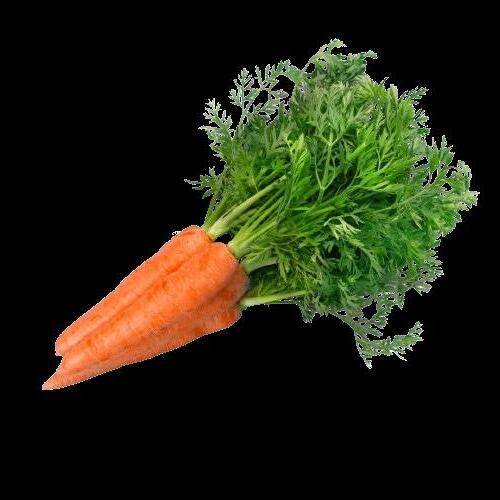

March
Week 4
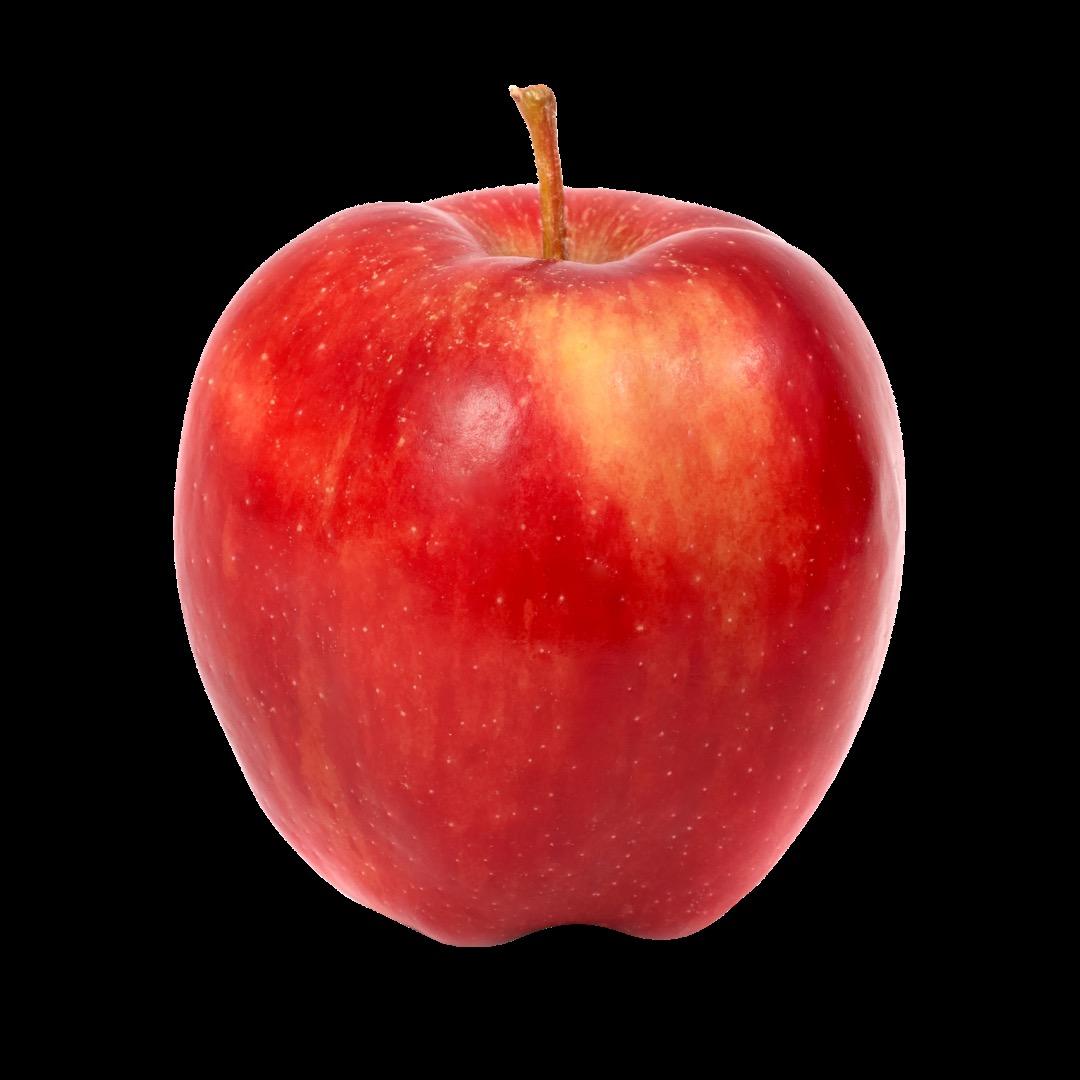
March Week 2 Week 3
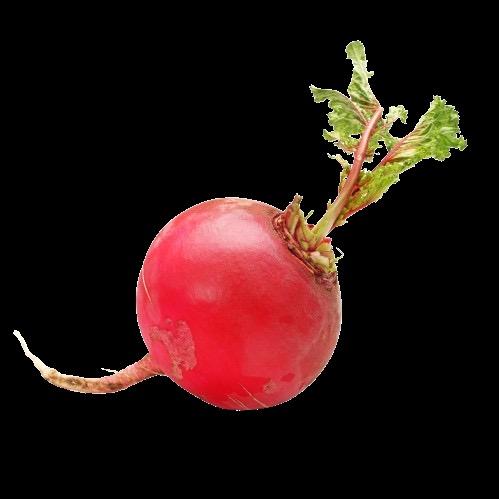

April

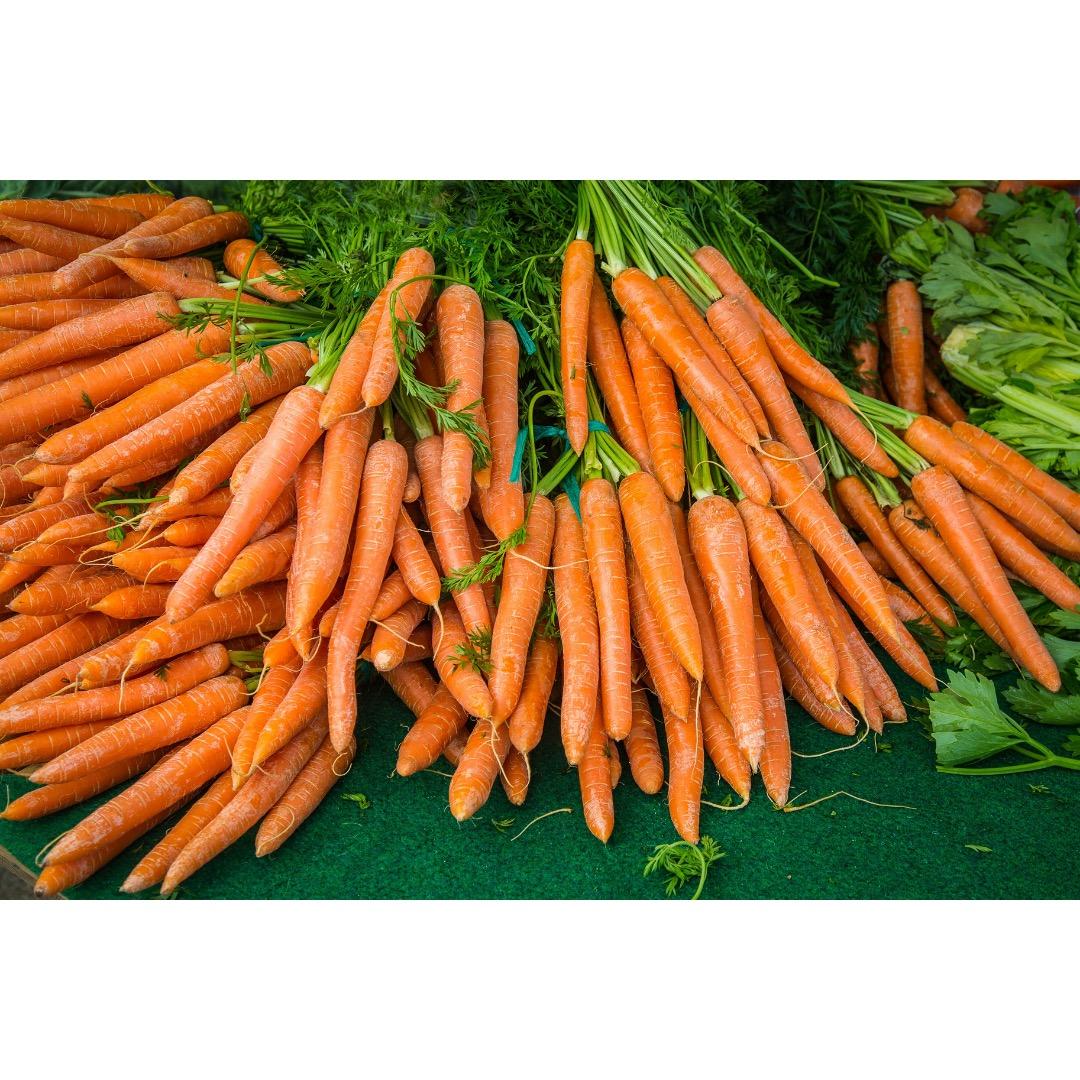


Carrots are a type of root vegetable underground

Carrots are 88% water.

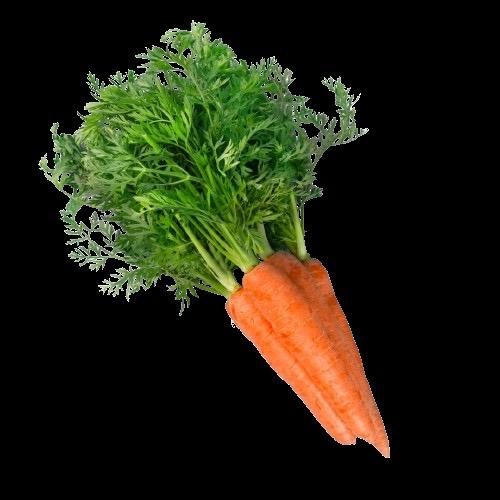
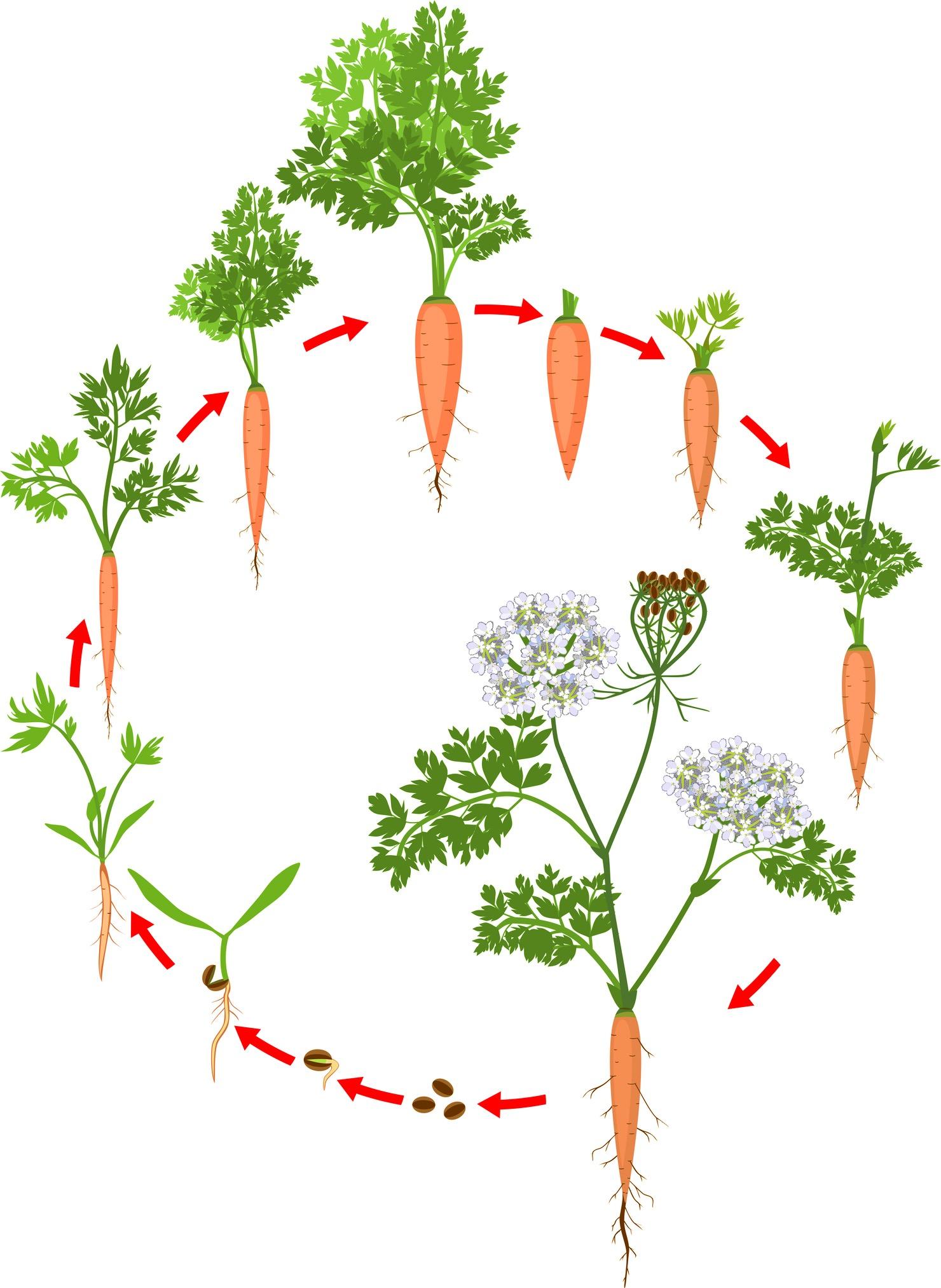


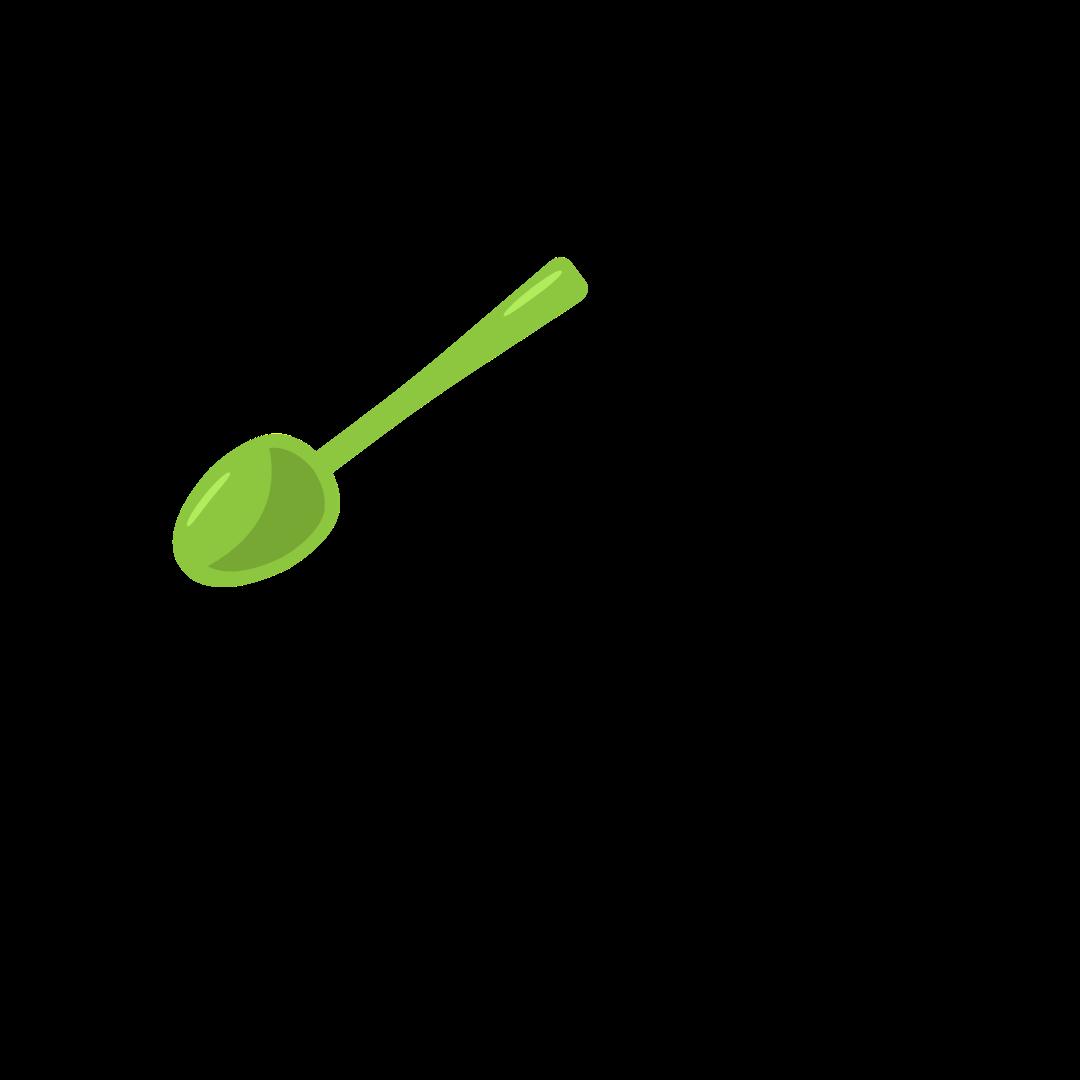
WINTERS underground!
Carrots are biennials, which means they have a 2-year life cycle.







Electrolytes help amount of water in the body.
The body is made 60%

Potassium helps to regulate the heart rate


Potassium helps bone
Helps to keep the body potassium is found in
Many runners eat foods high in potassium like before a run to prevent muscle cramps. Potassium helps regulate contractions.
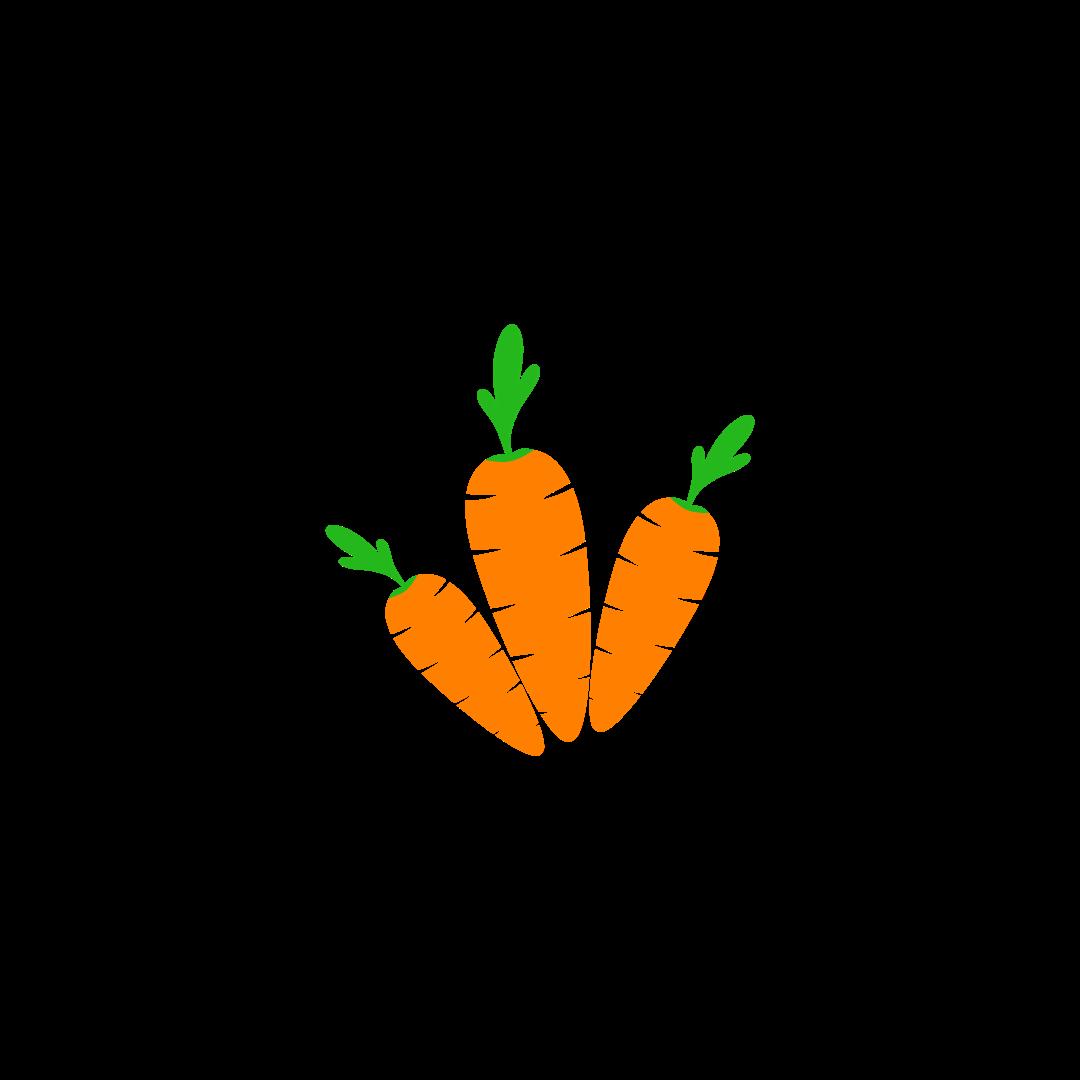
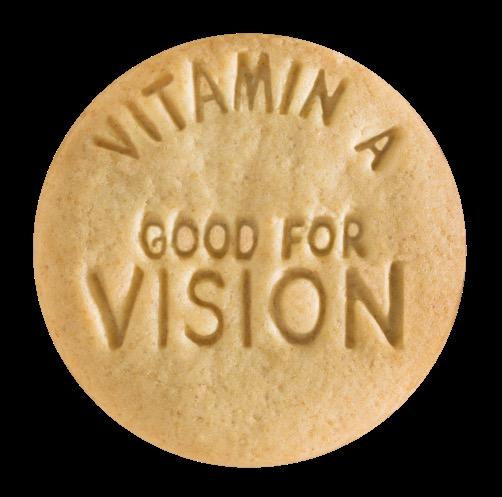



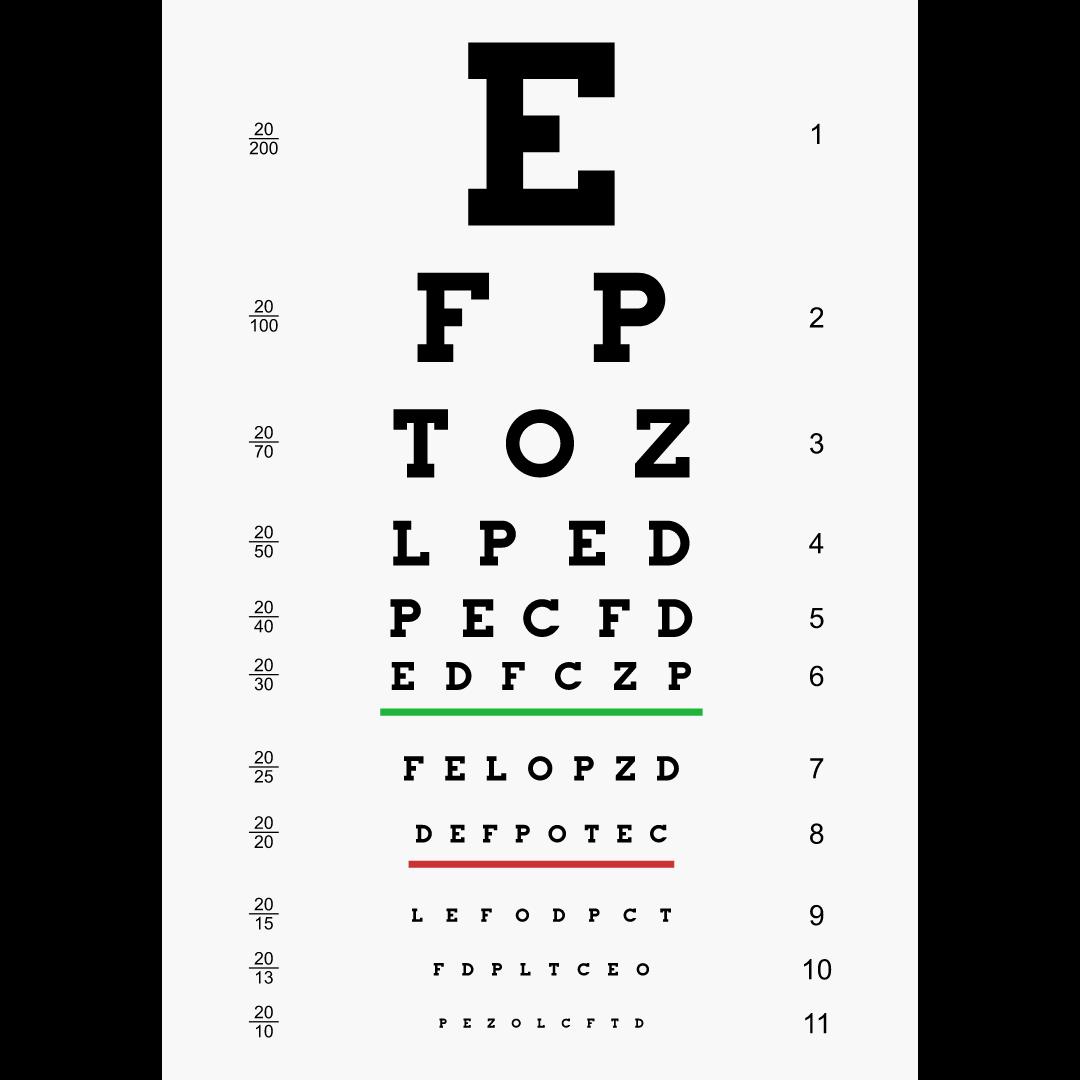


more vivid colors during the day

How far can you read down this eye chart?
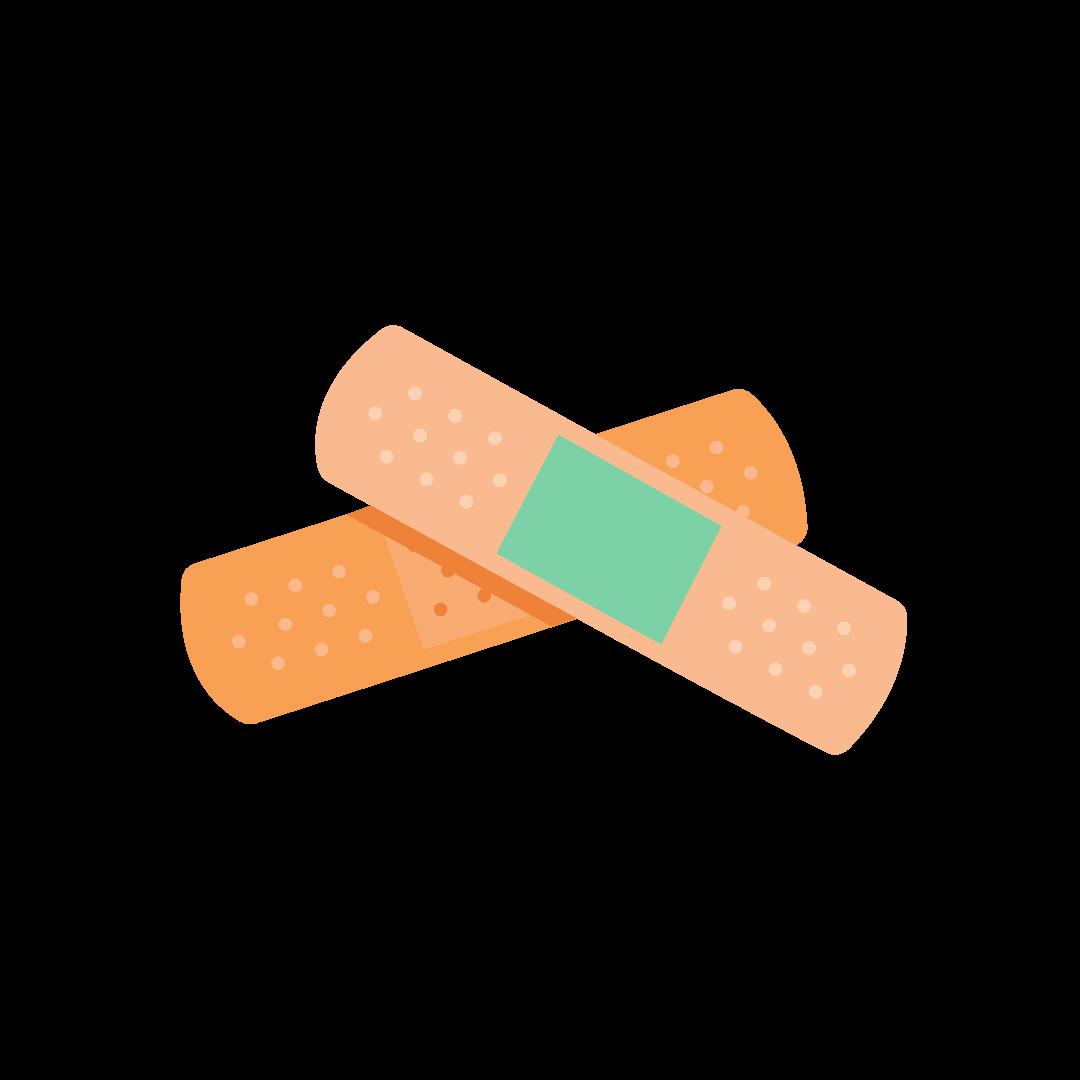
speed up the healing process of cuts & scrapes. Vitamin A is a fat-soluble vitamin.
How do you know carrots are good for the eyes?
You never see a rabbit wearing glasses!
Vitamin A supports the immune system to fight off infections.







Vitamin K supports proper blood function, bone growth & kidney health. The body has the ability to create vitamin K on its own.
2 main forms of vitamin K: K1 and K2.


Vitamin K helps the body heal from wounds.
Vitamin K is a fat-soluble which means… It absorbs better into the body when eaten with foods with some fat like olive oil or avocados

Vitamin K helps produce proteins that bind themselves to calcium - this helps build strong bones.

Vitamin K supports heart health.


Vitamin K is found throughout the body in the liver, brain, heart, pancreas & bones.
Vitamin K plays a role in proper blood function- specifically with clotting.



Most apples are harvested & sold fresh.

Apples are one of the most widely cultivated tree fruits. The U.S. is home to approximately 322,000 acres of apple orchards. of the Most Popular Varieties of Apples:
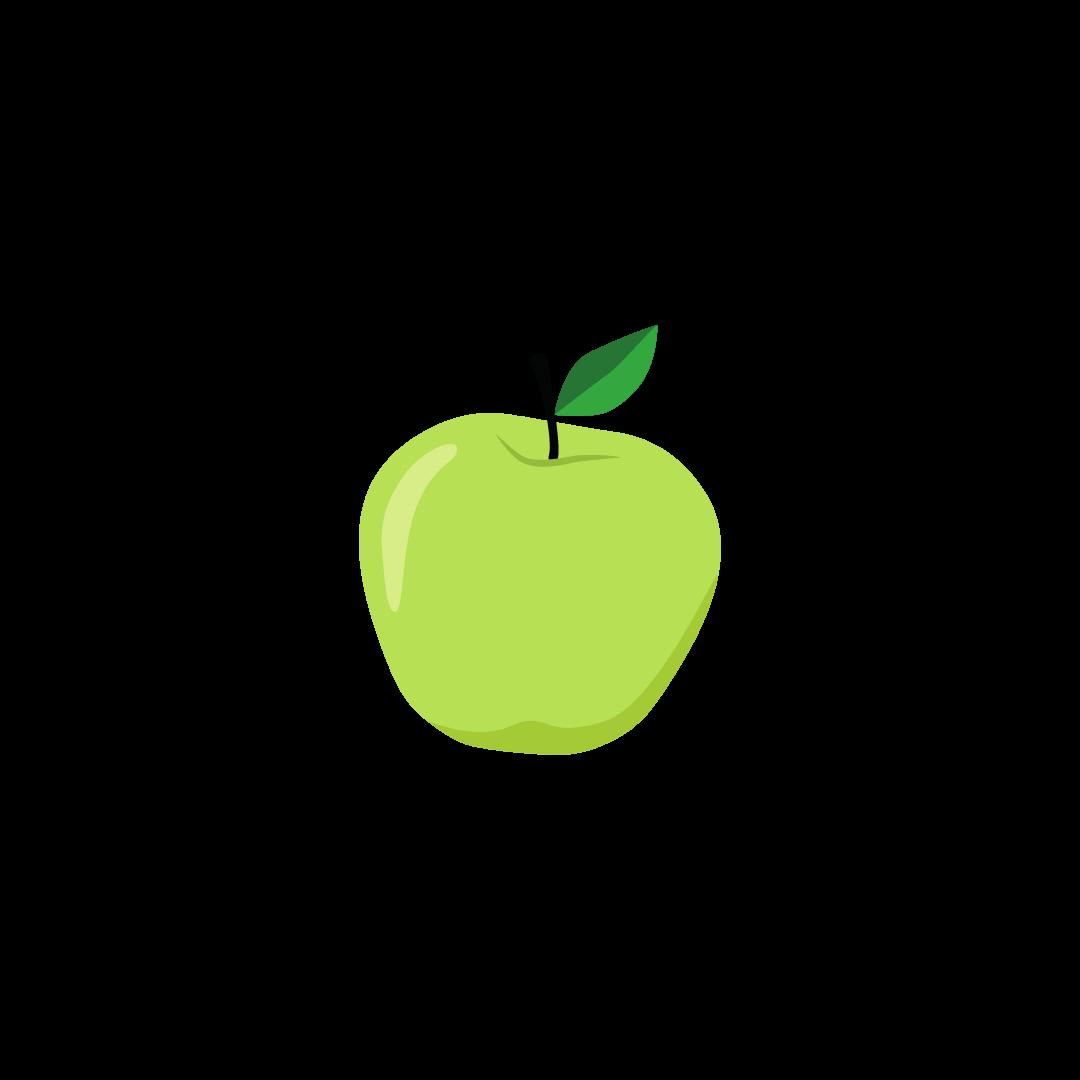
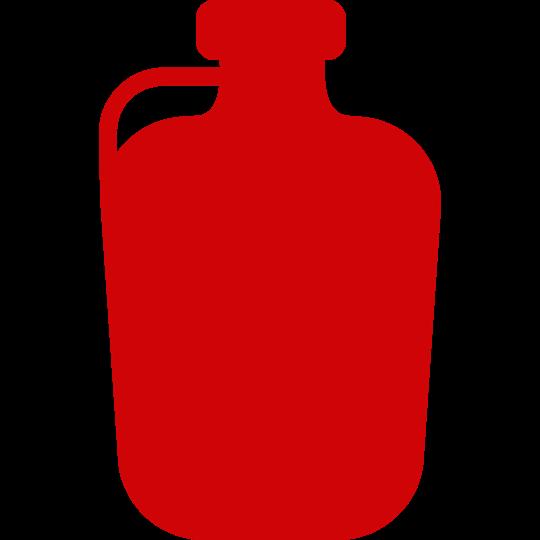
apples make 1 gallon of cider.



varieties of apples are grown in the U.S.
2,500+ 21% of apples are juiced.
An apple blossom is the flower that comes from an apple tree.
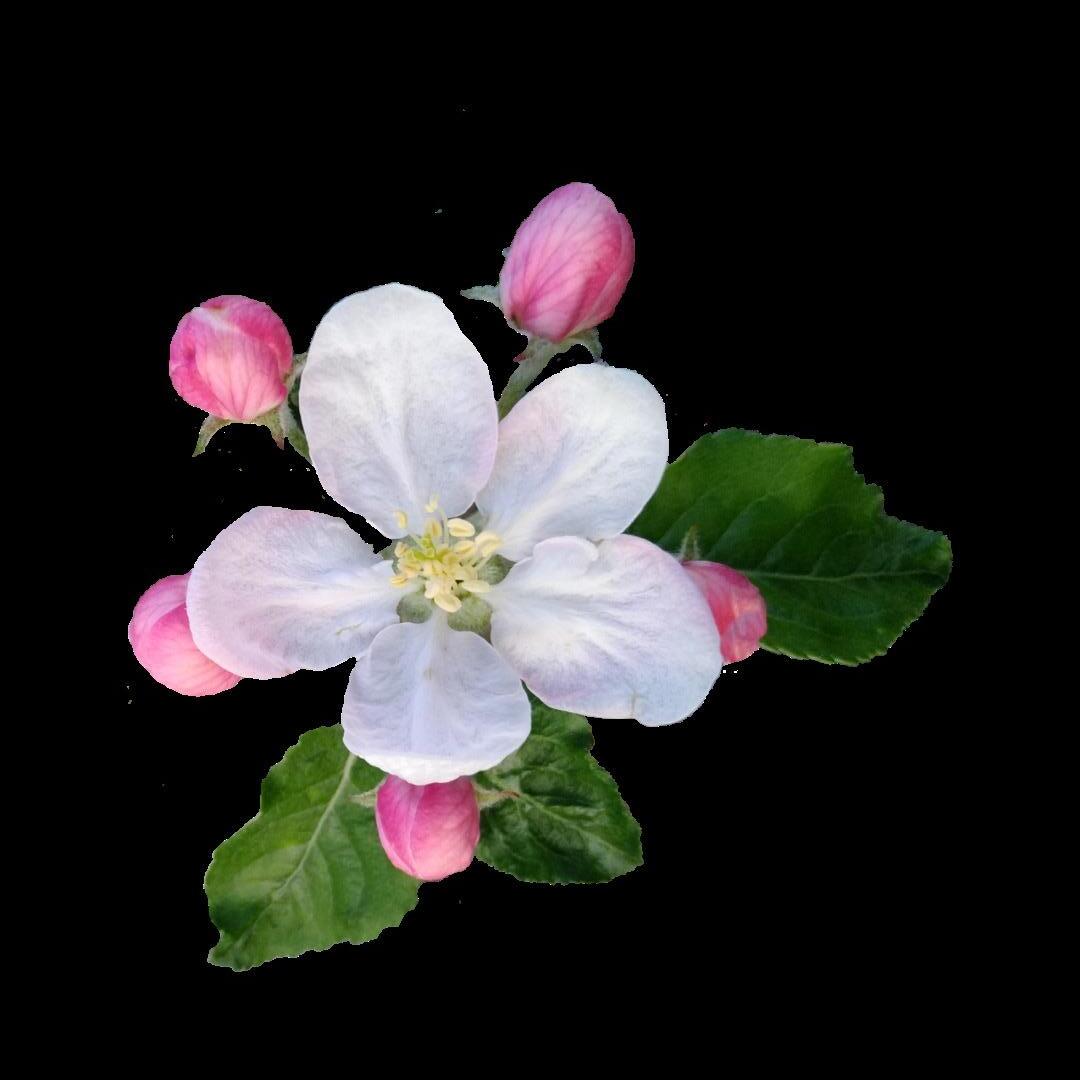
An apple tree takes at least 4 years to start producing fruit.






Fiber supports movement through the digestive system.

Fiber is a type of carbohydrate that the body doesn’t digest, it simply passes through.
Soluble fiber dissolves in water…it helps regulate blood sugar levels and removes cholesterol from

Insoluble fiber is sometimes referred to as “roughage. ”

2 types of fiber:

1. Soluble fiber
Insoluble fiber
Fiber is ONLY found in plant foods.
Dairy & meat products do not have any fiber.
Fiber helps to regulate the body’s use of sugar.
Insoluble fiber does not dissolve in water…it helps food move throughout the digestive system.
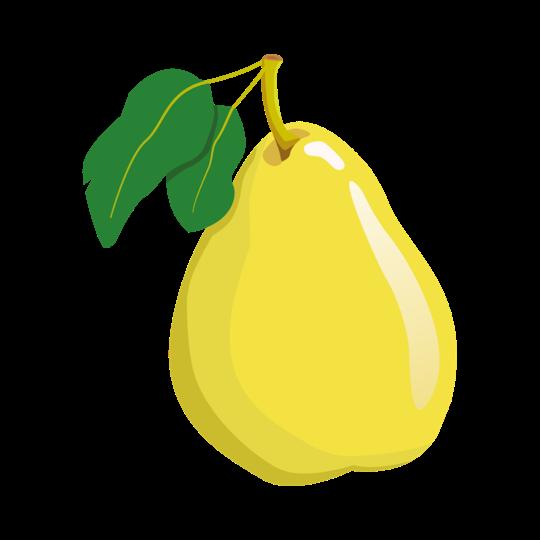
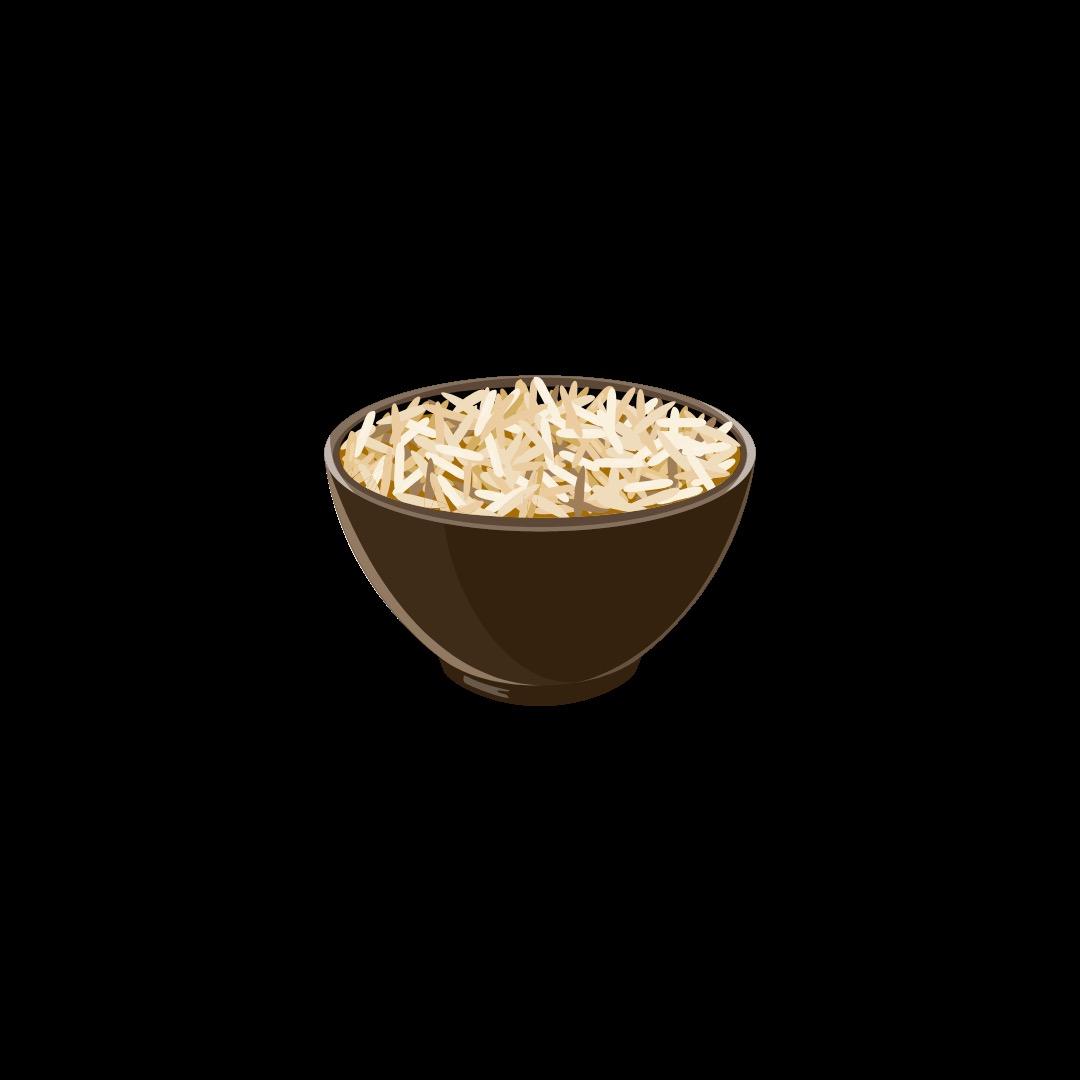
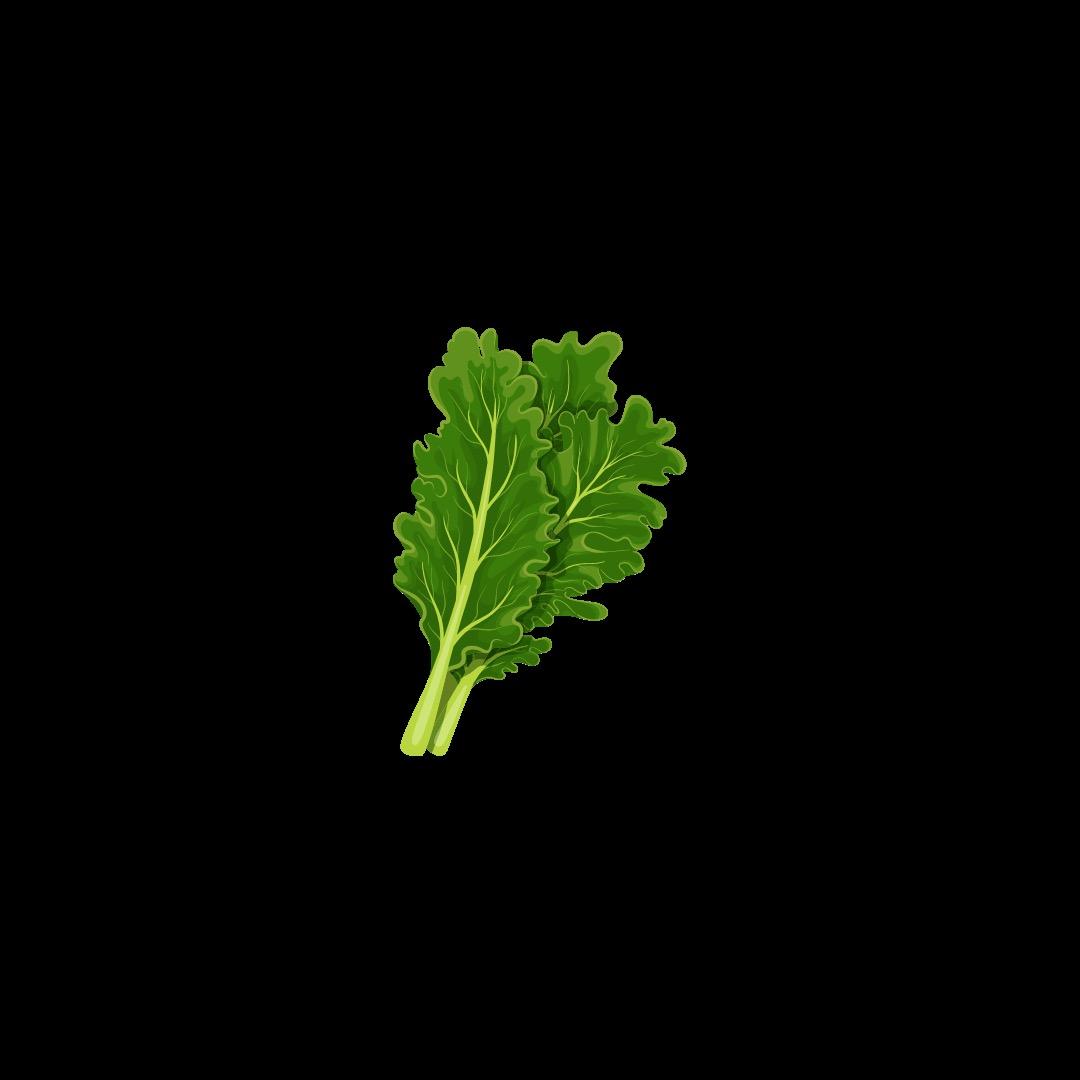
BOTH forms of fiber are important & beneficial to overall health.




Potassium supports balancing fluid in the body & proper function of the muscles and nerves.
Once potassium enters the body, it functions as an electrolyte.
Electrolytes help amount of water in the body.
Helps to keep the body
The body is made 60%
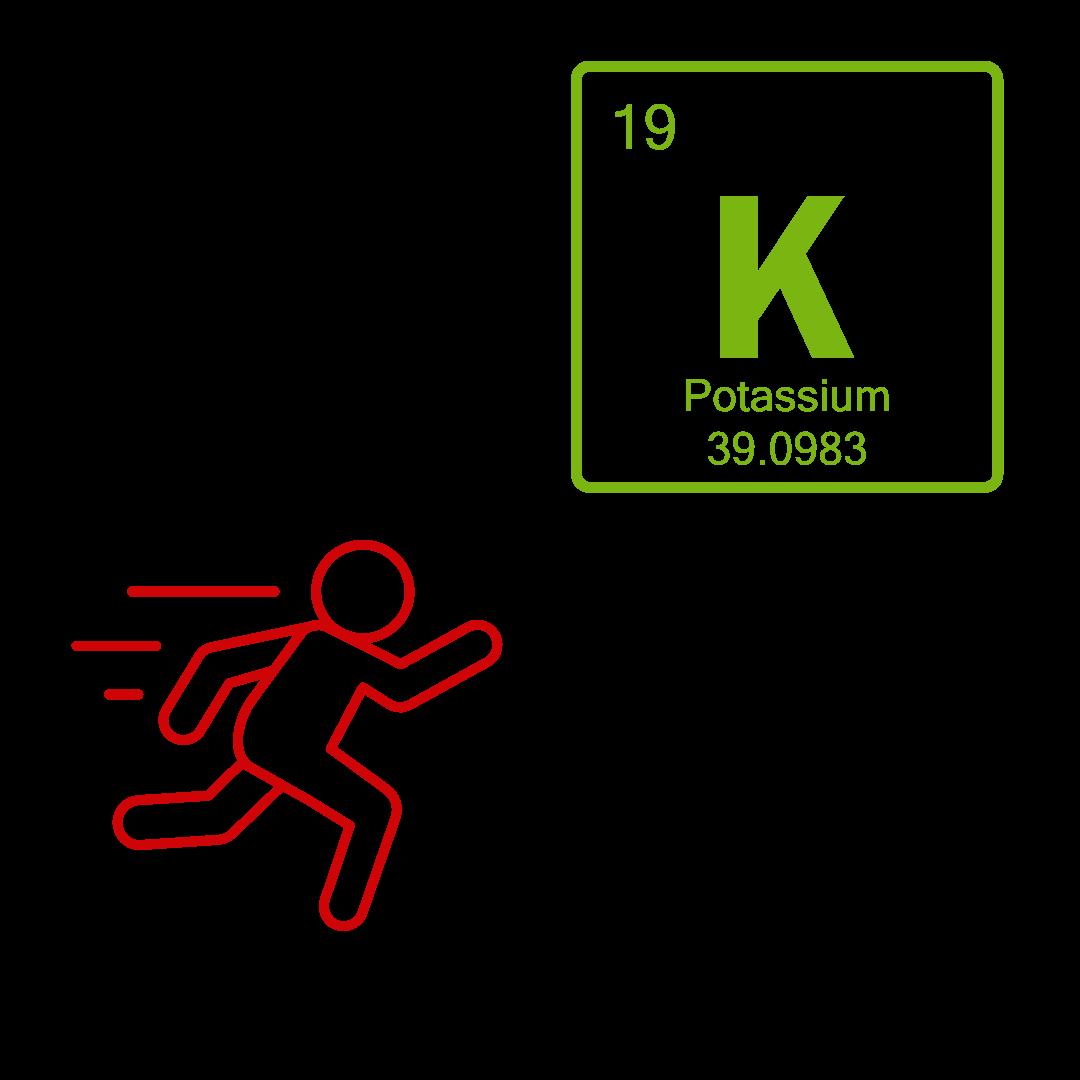

Potassium helps to regulate the heart rate
Potassium helps to regulate contractions.



Potassium helps bone

Potassium is the THIRD most abundant mineral potassium is found in
Many runners eat foods high in potassium like apples before a run to prevent muscle cramps.





Vitamin C supports the immune systemthe body’s defense against infections.

Vitamin C is also referred to as “ascorbic acid.”



Vitamin C is an antioxidant. Antioxidants help protect against damage caused by exposure to harmful substances in the environment.
The body cannot make vitamin C on its own - it has to come from food.
Vitamin C helps keep you happy & healthy! What do you call a vitamin that improves your eyesight?
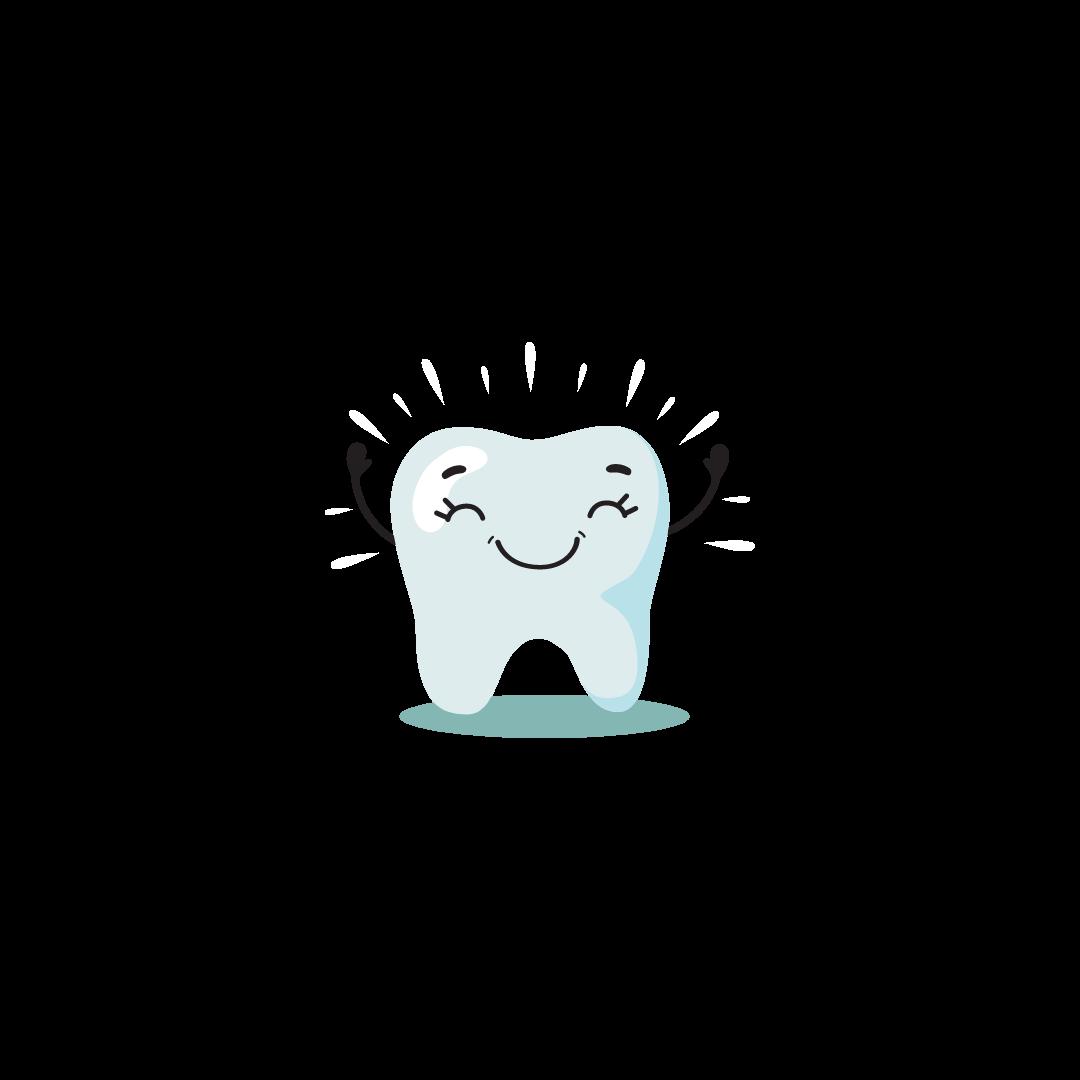
Vitamin C!

Vitamin C is a very important vitamin for healthy gums & teeth.



Radishes are a type of root vegetableedible plants that grow underground.
The name radish comes from the Latin word which means
Red Globe are the most common variety of radish.
Radishes come in many different shapes & sizes.
Radishes are cool season vegetables.

Radishes are a root vegetable.

Radishes need full sun



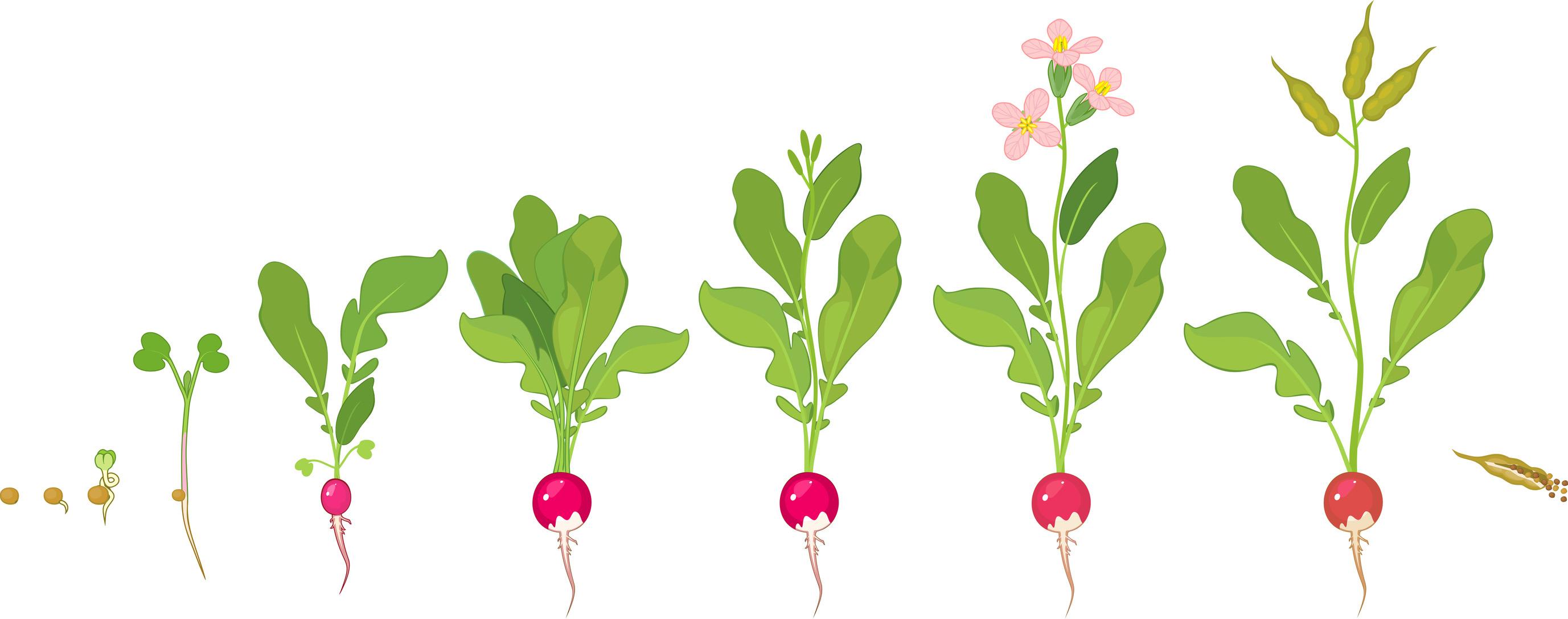

Radishes grow very fast – taking only 25 days to grow from seed to harvest ready vegetable.




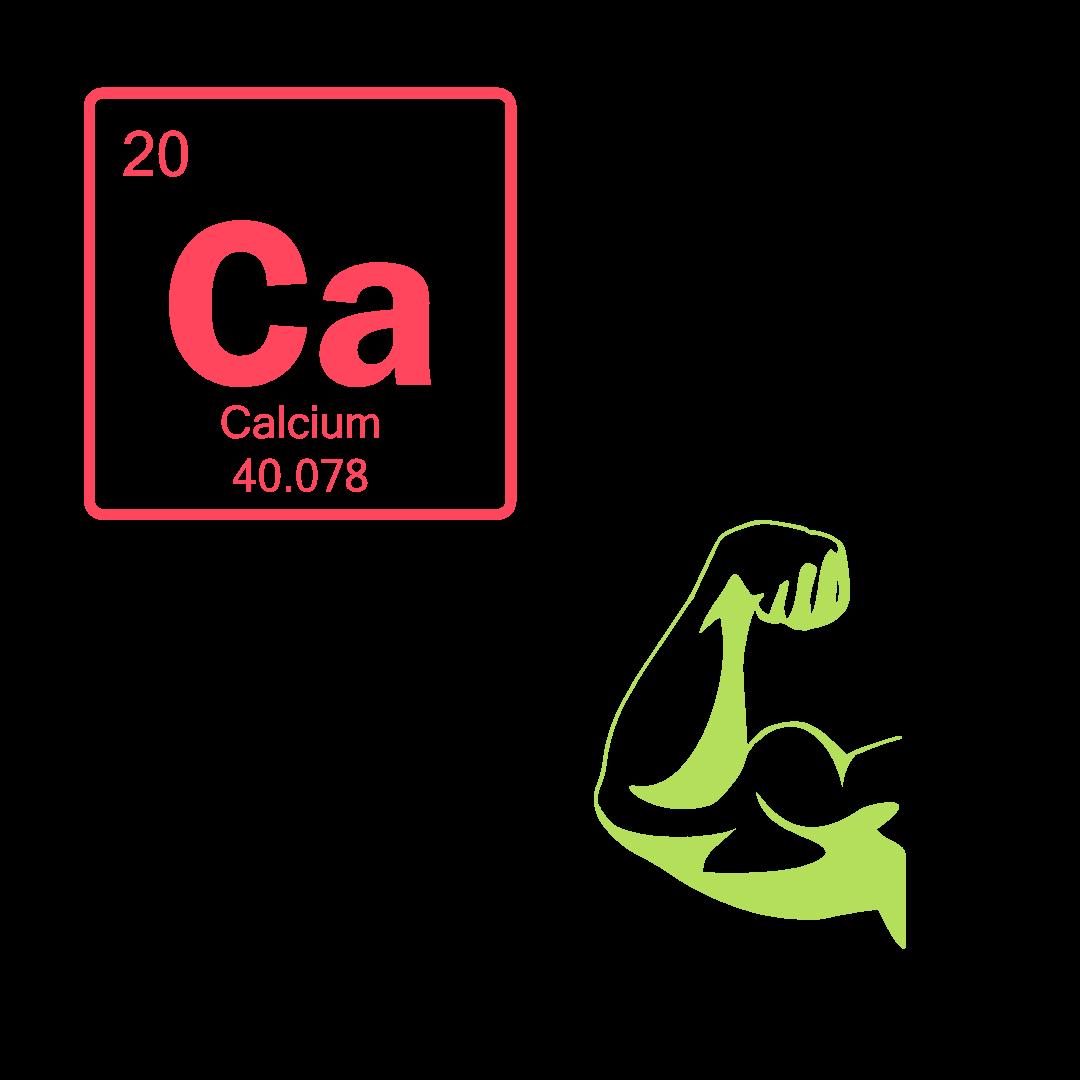




99% of the body’s calcium is stored in the bones. 1% blood, muscles & other tissues.


Calcium supports heart health.


Calcium helps form bones and teeth and keep them healthy.
Calcium helps to heal cuts & wounds.
Calcium is the MOST abundant mineral in the human body.




Potassium supports balancing fluid in the body & proper function of the muscles and nerves.
Once potassium enters the body, it functions as an electrolyte.
Electrolytes help amount of water in the body.
Helps to keep the body



Potassium is the THIRD most abundant mineral

The body is made helps promote .
Potassium helps to regulate the
Potassium helps to regulate contractions.

Many runners eat radishes






Vitamin C supports the immune systemthe body’s defense against infections.

Vitamin C is also referred to as “ascorbic acid.”


Vitamin C is an antioxidant. Antioxidants help protect against damage caused by exposure to harmful substances in the environment.
Vitamin C helps keep you happy & healthy that improves your eyesight?


A Vitamin C!

Vitamin C is a very important vitamin for healthy gums & teeth.



Oranges are a type of citrus fruit them grown in the U.S. from
Popular Types of Oranges:
1. Navel
2. Hamlin
3. Valencia
600+ varieties of oranges.
Orange season is 9 months long… October - June!

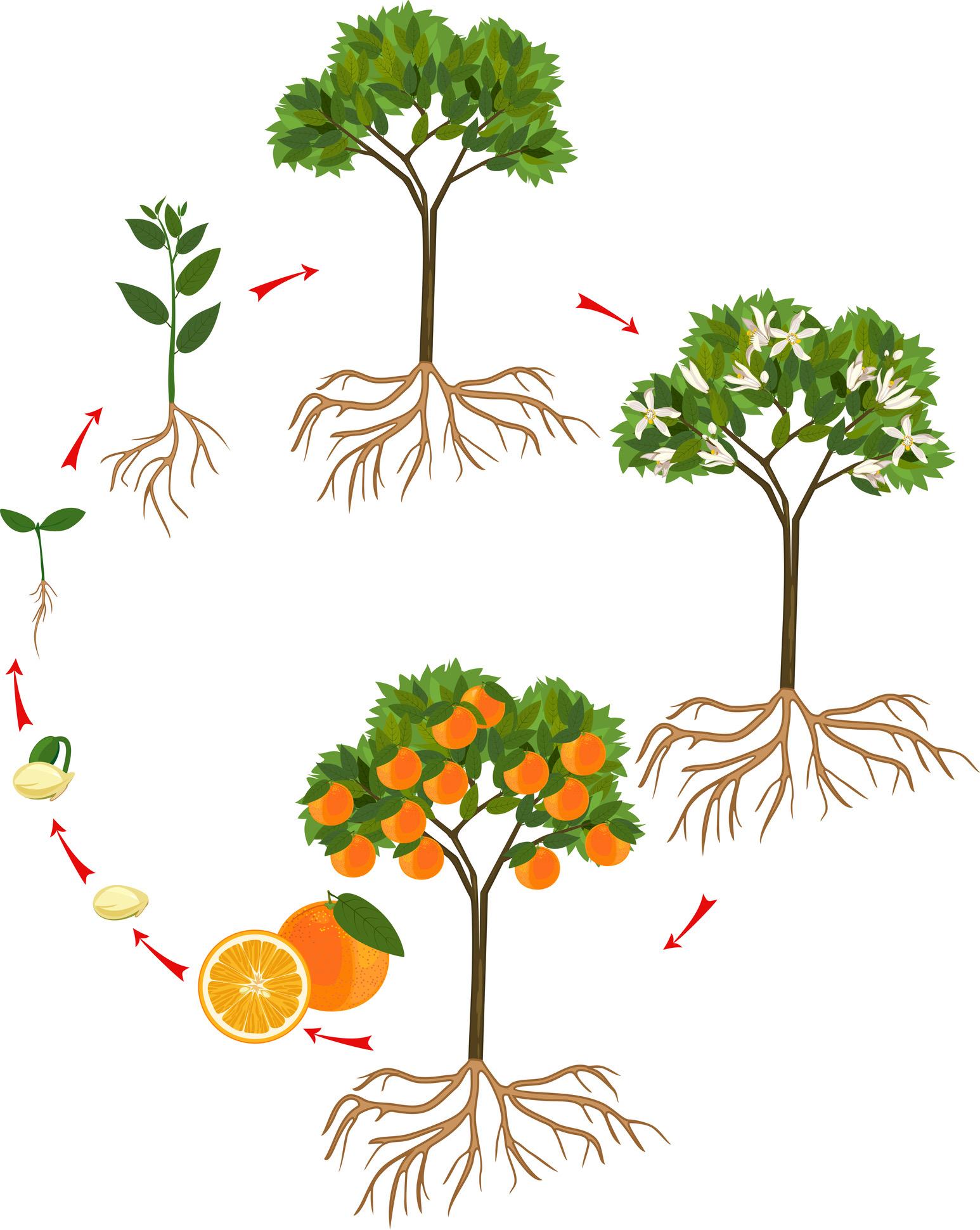



oranges are juiced.


Sub-tropical areas have ideal climate for growing oranges.
Most oranges are harvested by hand.







Fiber supports movement through the digestive system
Fiber is a type of carbohydrate body doesn’t digest, it simply passes through.
Soluble fiber dissolves in water…it helps regulate blood sugar levels and removes cholesterol from

Insoluble fiber is sometimes referred to as “roughage. ”

2 types of fiber:

1. Soluble fiber
Insoluble fiber
Fiber is ONLY found in plant foods.
Dairy & meat products do not have any fiber.
Fiber helps to regulate the body’s use of sugar.
Insoluble fiber does not dissolve in water…it helps food move throughout the digestive system.



BOTH forms of fiber are important & beneficial to overall health.




Potassium supports balancing fluid in the body & proper function of the muscles and nerves.
Once potassium enters the body, it functions as an electrolyte.
Electrolytes help amount of water in the body.


Helps to keep the body


Potassium helps to regulate the heart rate

Potassium is the THIRD most abundant mineral potassium is found in
The body is made 60% helps promote .

Many runners eat foods high in potassium like oranges before a run to prevent muscle cramps. Potassium helps to regulate contractions.





Vitamin C supports the immune systemthe body’s defense against infections.

Vitamin C is also referred to as “ascorbic acid.”

Vitamin C is an antioxidant. Antioxidants help protect against damage caused by exposure to harmful substances in the environment.


The body cannot make vitamin C on its own - it has to come from food.
Vitamin C helps keep you happy & healthy! What do you call a vitamin that improves your eyesight?


Vitamin C is a very important vitamin for healthy gums & teeth.

Strawberries are a type of aggregate fruit a collection of ‘little fruits’ held together.



Strawberries are a part of the rose family.

Strawberries are the FIRST fruit to ripen in the spring.
Peak strawberry harvesting season is April - June.

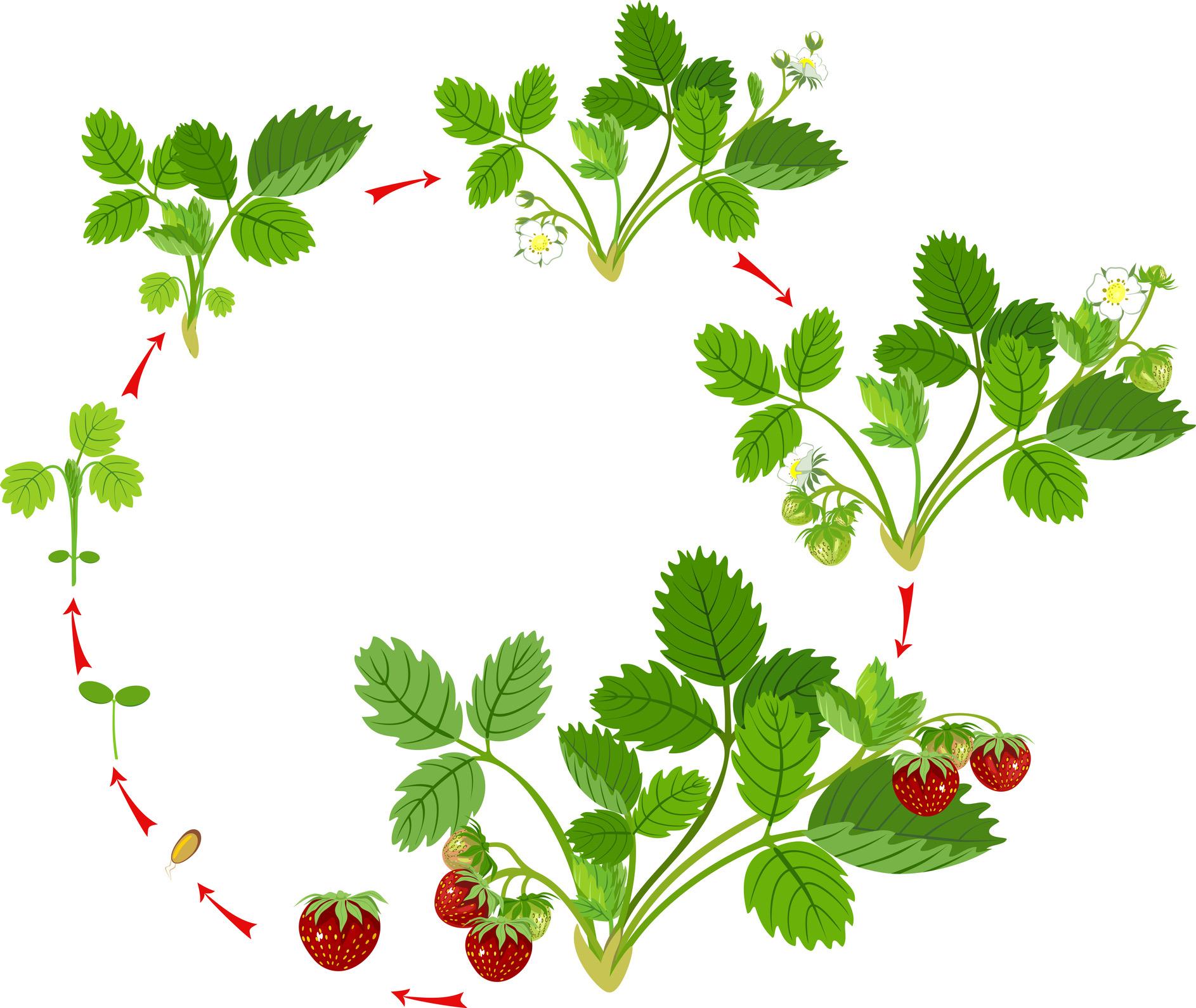

1. June-bearing 2. Ever-bearing 3. Day-neutral strawberry has 200 seeds.

Strawberries are the ONLY fruit with seeds on the outside.
90% of the strawberries grown in the U.S. are from California.





Fiber supports movement through the digestive system.
Fiber is a type of carbohydrate that the body doesn’t digest, it simply passes through.
Soluble fiber dissolves in water…it helps regulate blood sugar levels and removes cholesterol from

Insoluble fiber is sometimes referred to as “roughage. ”


2 types of fiber:

1. Soluble fiber
Insoluble fiber
Fiber is ONLY found in plant foods.
Dairy & meat products do not have any fiber.
Fiber helps to regulate the body’s use of sugar.
Insoluble fiber does not dissolve in water…it helps food move throughout the digestive system.



BOTH forms of fiber are important & beneficial to overall health.



Manganese supports the body’s energy levels & protecting its cells from damage.


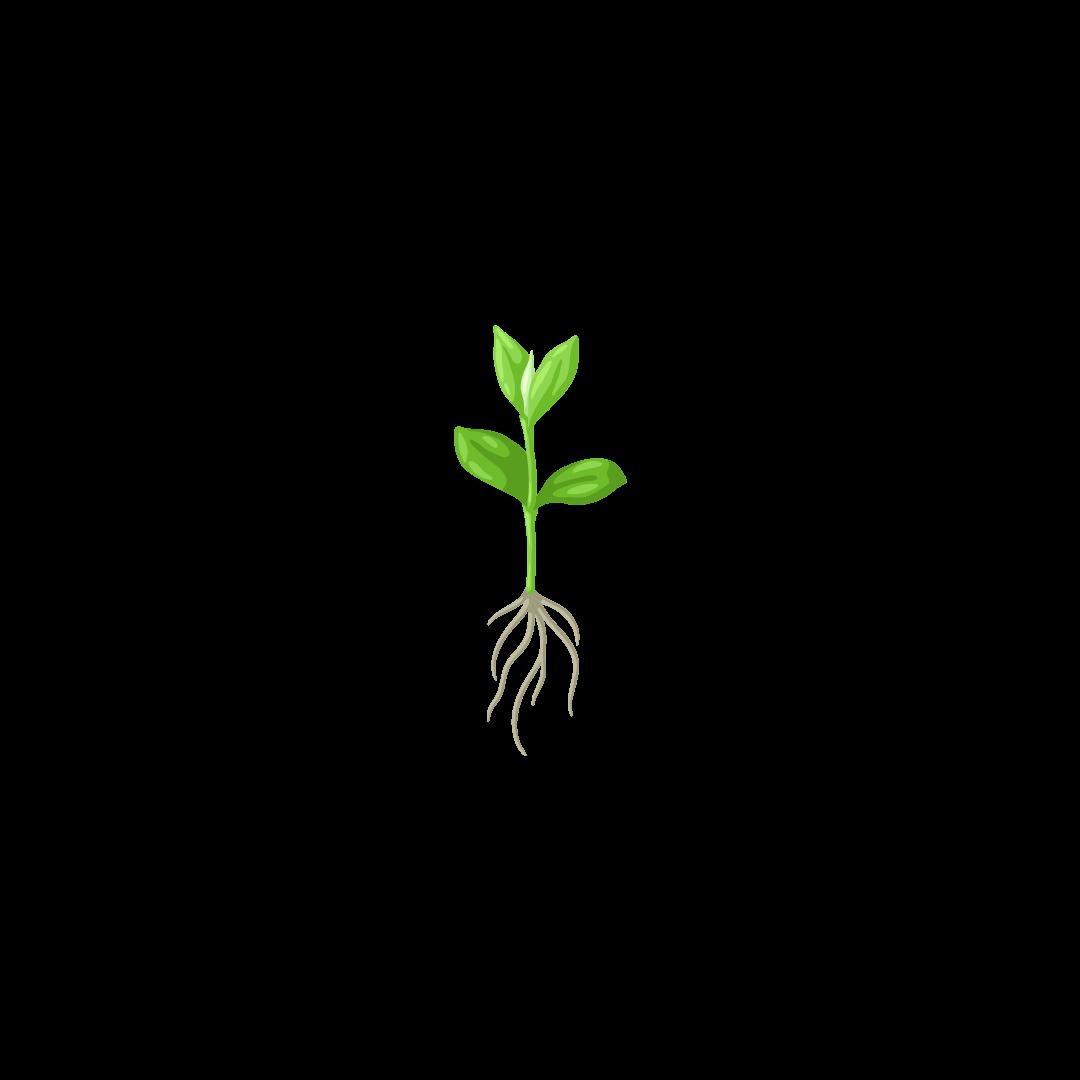




. Foods like strawberries absorb minerals through their roots.
Manganese is


Manganese helps
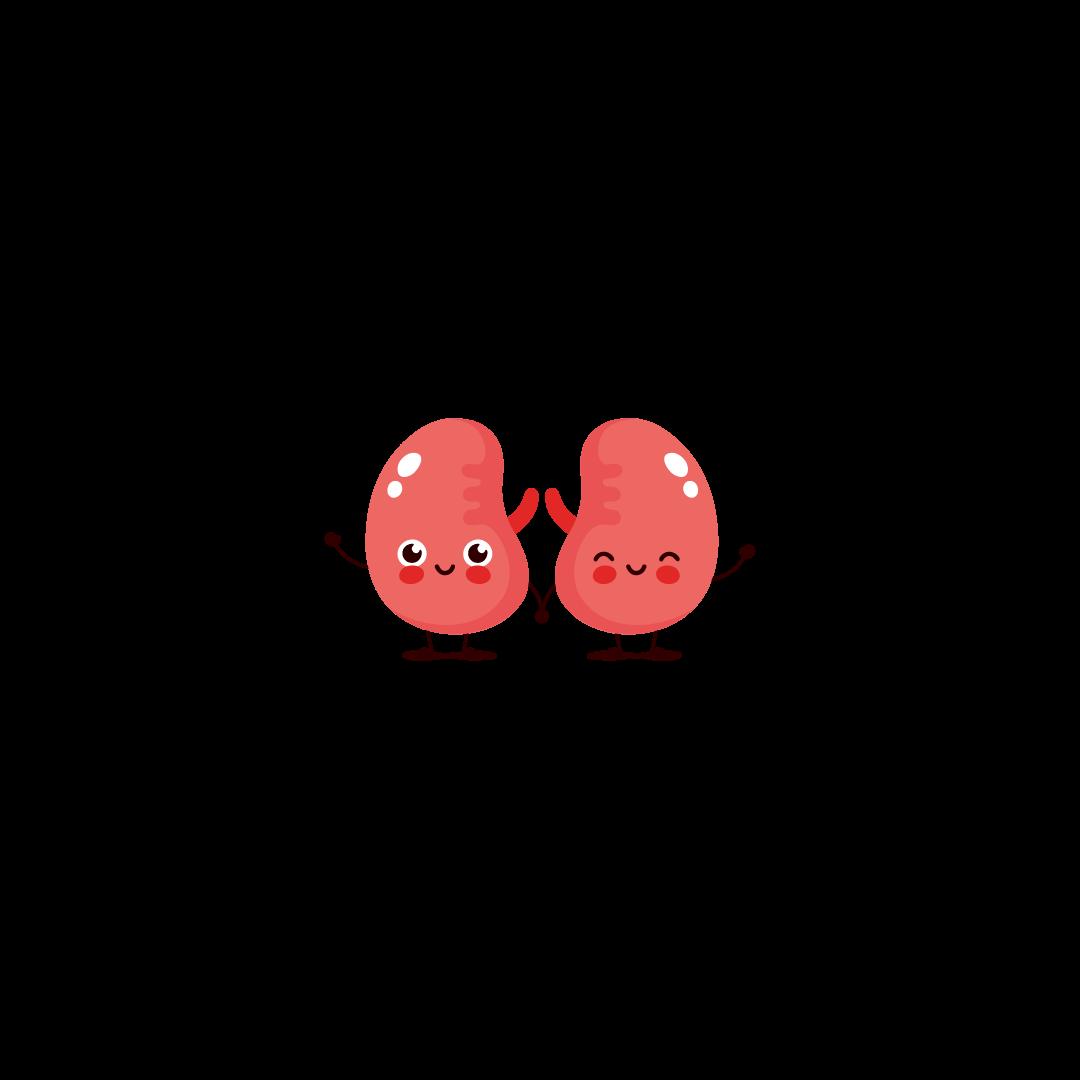
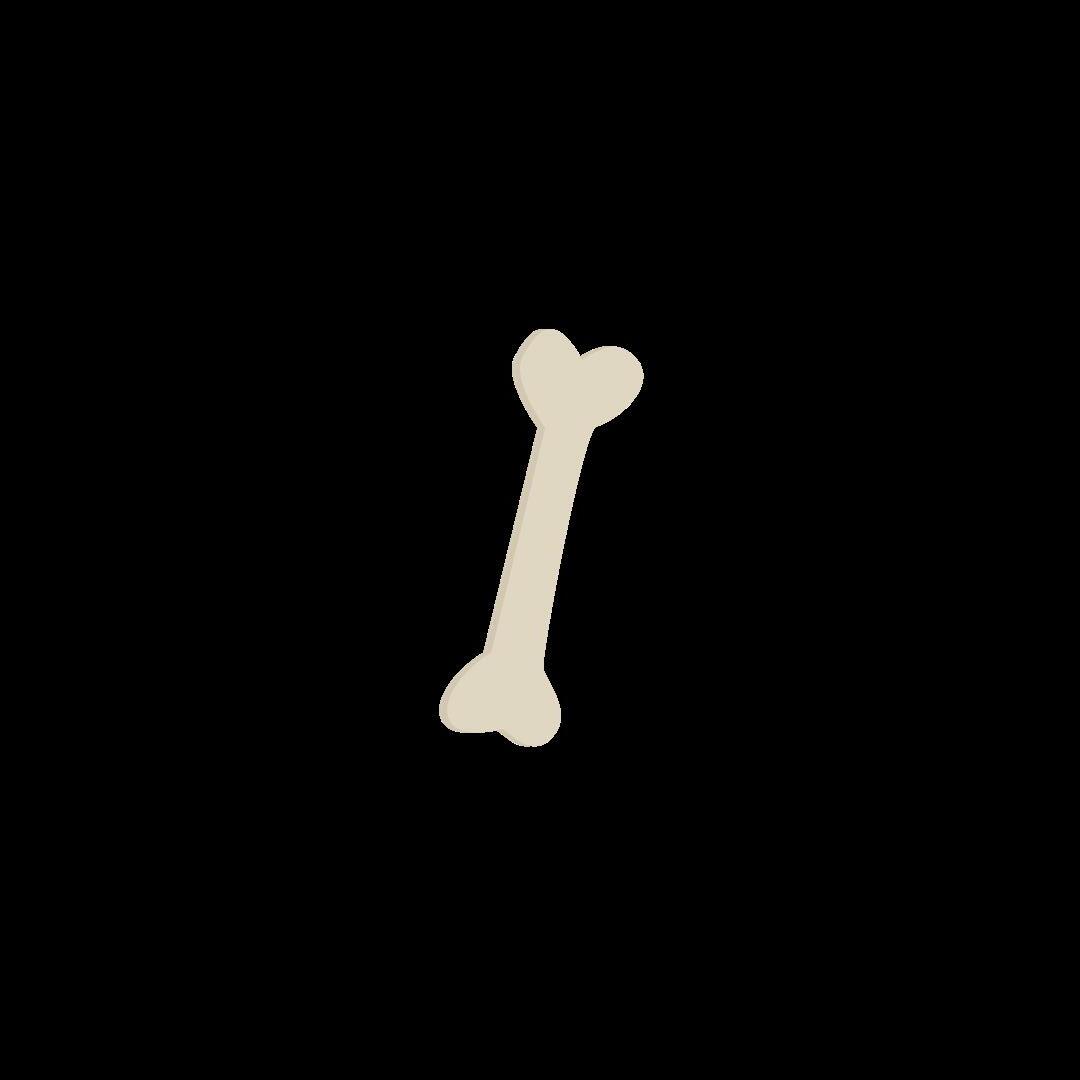

helps the body blood clots helping wounds heal faster! against infections.





Vitamin C supports the immune systemthe body’s defense against infections.

Vitamin C is also referred to as “ascorbic acid.”

Vitamin C is an antioxidant. Antioxidants help protect against damage caused by exposure to harmful substances in the environment.


The body cannot make vitamin C on its own - it has to come from food.
Vitamin C helps keep you happy & healthy! What do you call a vitamin that improves your eyesight?


Vitamin C is a very important vitamin for healthy gums & teeth.
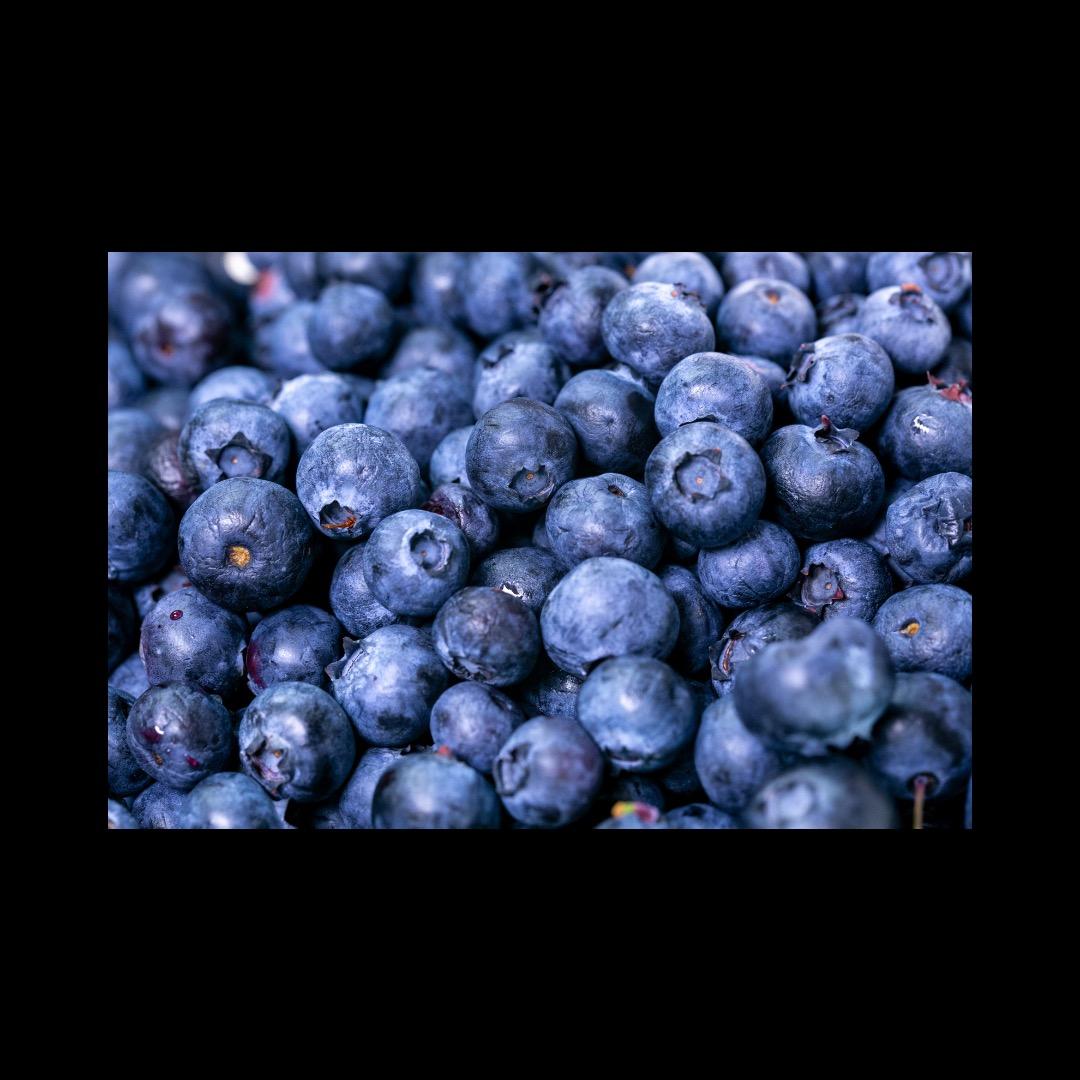


Blueberries are a type of fruit known for their mildly tarte taste.
The U.S. is home to around 102,000 acres of blueberries.
Blueberries are native to North America.
4 JULY is National Blueberry Month!
Highbush blueberries are the most common.

The waxy coating on blueberries is called “bloom.”

1 blueberry bush can produce 6,000 blueberries/year.
Blueberries are one the only food naturally blue in color.

Lowbush blueberries are smaller & sweeterperfect for making jam!


B Vitamins help support the body’s energy levels, brain function & cell metabolism
essential B vitamins:
Vitamin B1, Vitamin B2, Vitamin B3, Vitamin B5,

Vitamin B6, Vitamin B7, Vitamin B9 & Vitamin B12.
Water is needed to help the body absorb B vitamins.




B5, B12, C and E knock on your door…what do you do? blood cells.
B vitamins helps the body make energy from food.
be regularly consumed.
B vitamins plays a role in serotonin production. Serotonin makes us feel happy





Vitamin C supports the immune systemthe body’s defense against infections.

Vitamin C is also referred to as “ascorbic acid.”


Vitamin C is an antioxidant. Antioxidants help protect against damage caused by exposure to harmful substances in the environment.

The body cannot make vitamin C on its own - it has to come from food.

Vitamin C helps keep you happy & healthy! What do you call a vitamin that improves your eyesight?

A Vitamin C!

Vitamin C is a very important vitamin for healthy gums & teeth.


Vitamin K supports proper blood function, bone growth & kidney health. The body has the ability to create vitamin K on its own.
2 main forms of vitamin K: K1 and K2.

Vitamin K is a fat-soluble which means… It absorbs better into the body when eaten with foods with some fat like olive oil or avocados!
Vitamin K helps the body heal from wounds.

Vitamin K helps produce proteins that bind themselves to calcium - this helps build strong bones.

Vitamin K supports heart health.



Vitamin K is found throughout the body in the liver, brain, heart, pancreas & bones.
Vitamin K plays a role in proper blood function- specifically with clotting.
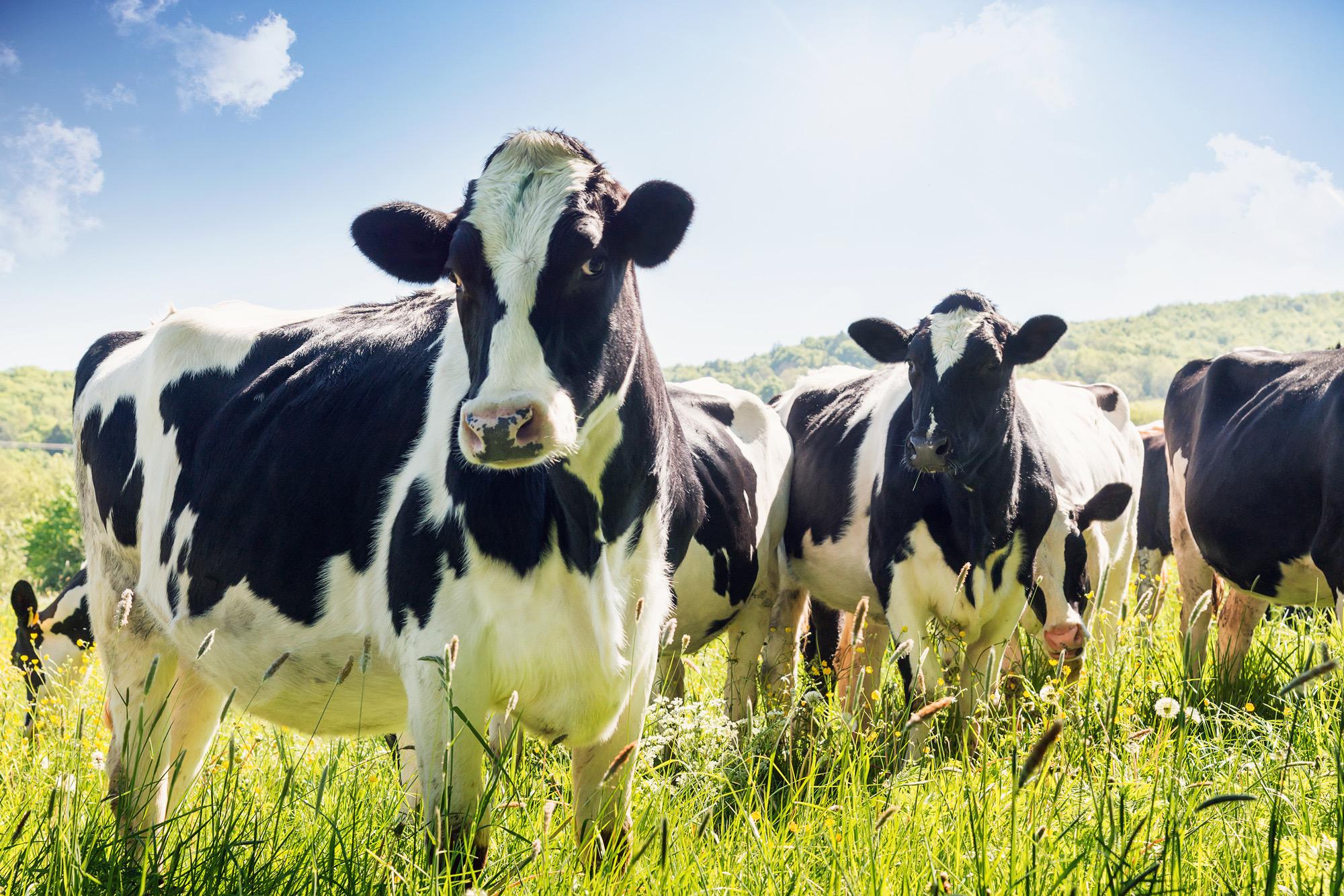


Milk is a type of dairy product –most commonly made from cows. essential nutrients
Milk is made up of 85-95% water with the rest being fats, proteins, carbohydrates & vitamins
Breeds of Dairy Cows: 6
1. Ayrshire
2. Brown Swiss
3. Guernsey
4. Holstein
5. Jersey


6. Milking Shorthorn
Holstein cows all have a unique pattern of spots!
1 cow produces around 6 gallons of milk per day. Cows can SEE almost 360 degrees and SMELL up to 6 miles away!
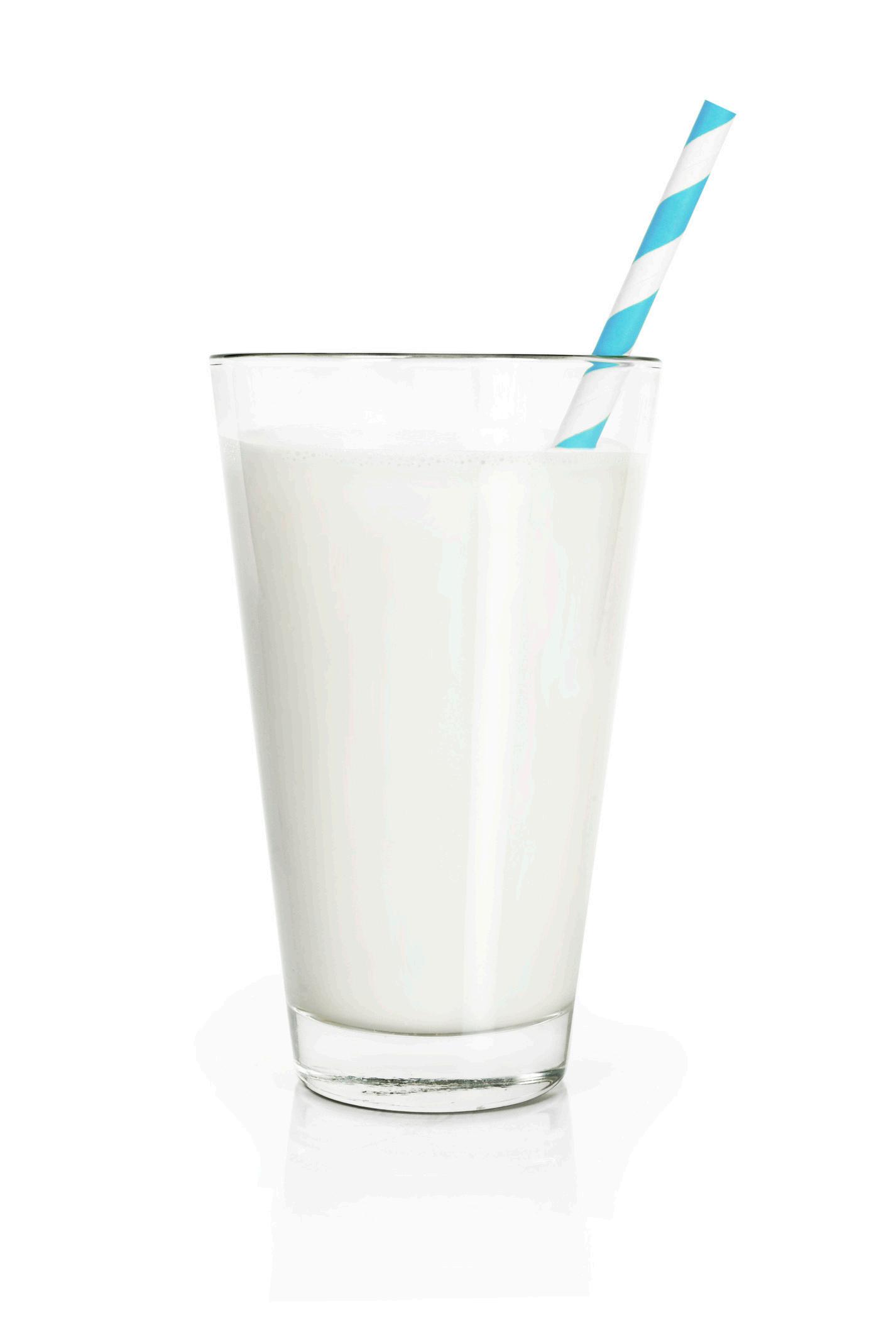
dairy farms!


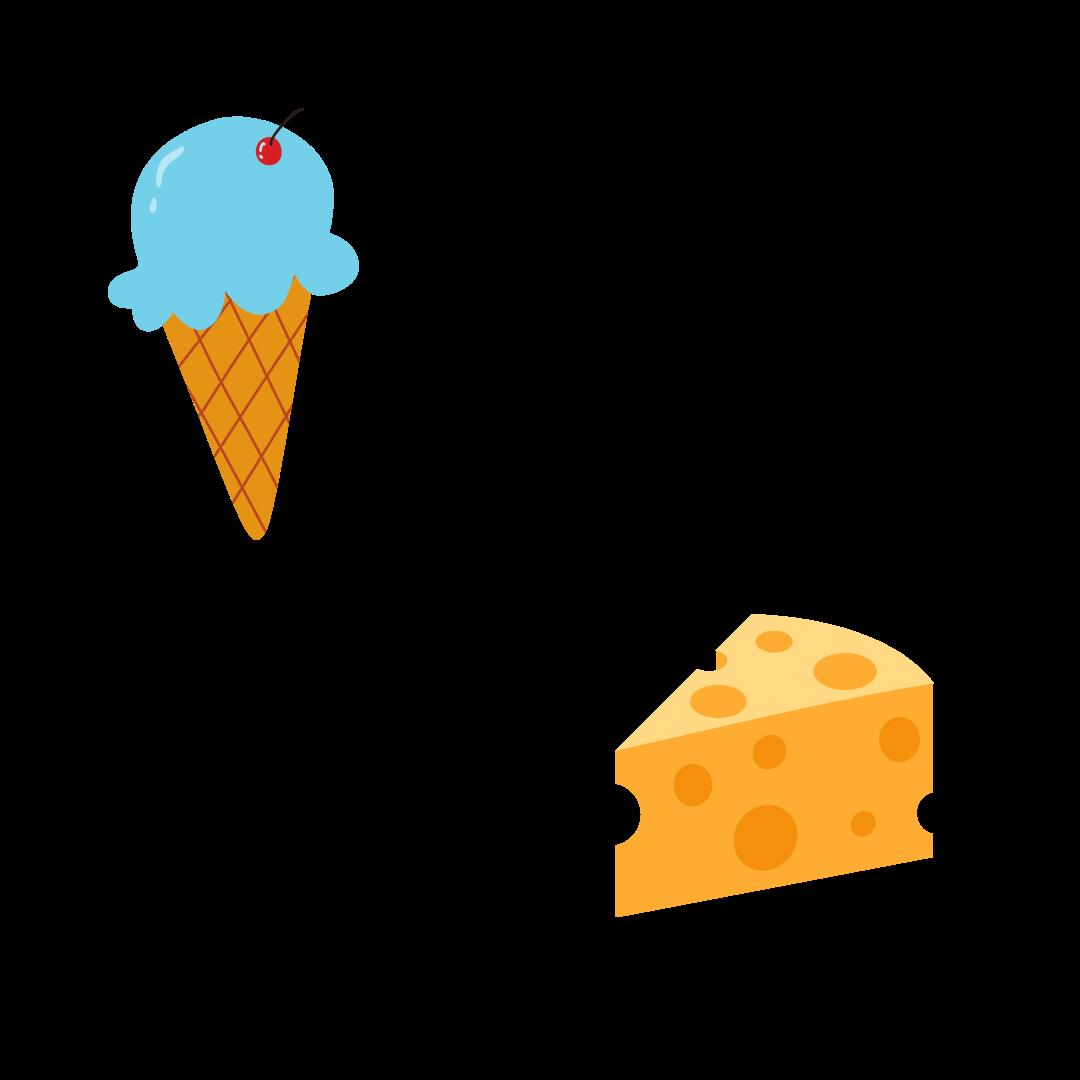

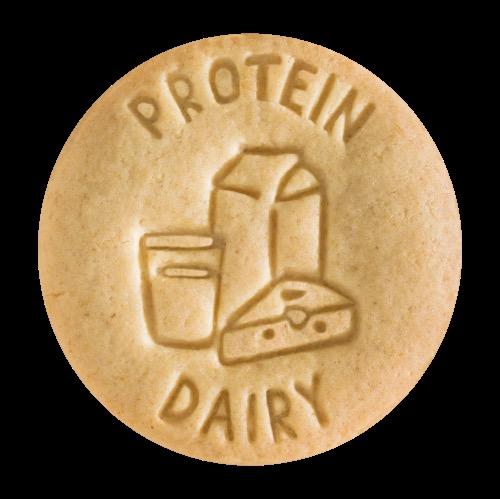




Protein builds, maintains and replaces the tissues in the body.
Protein helps to transport & store nutrients throughout the body.
18 - 20% of the body is protein.
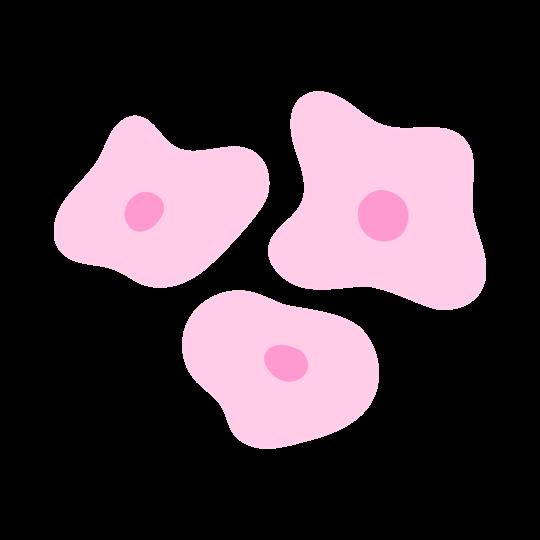
EVERY cell in the human body contains protein.

The body cannot store protein long term… which is why protein needs to be consumed daily.
Protein is made

blocks.
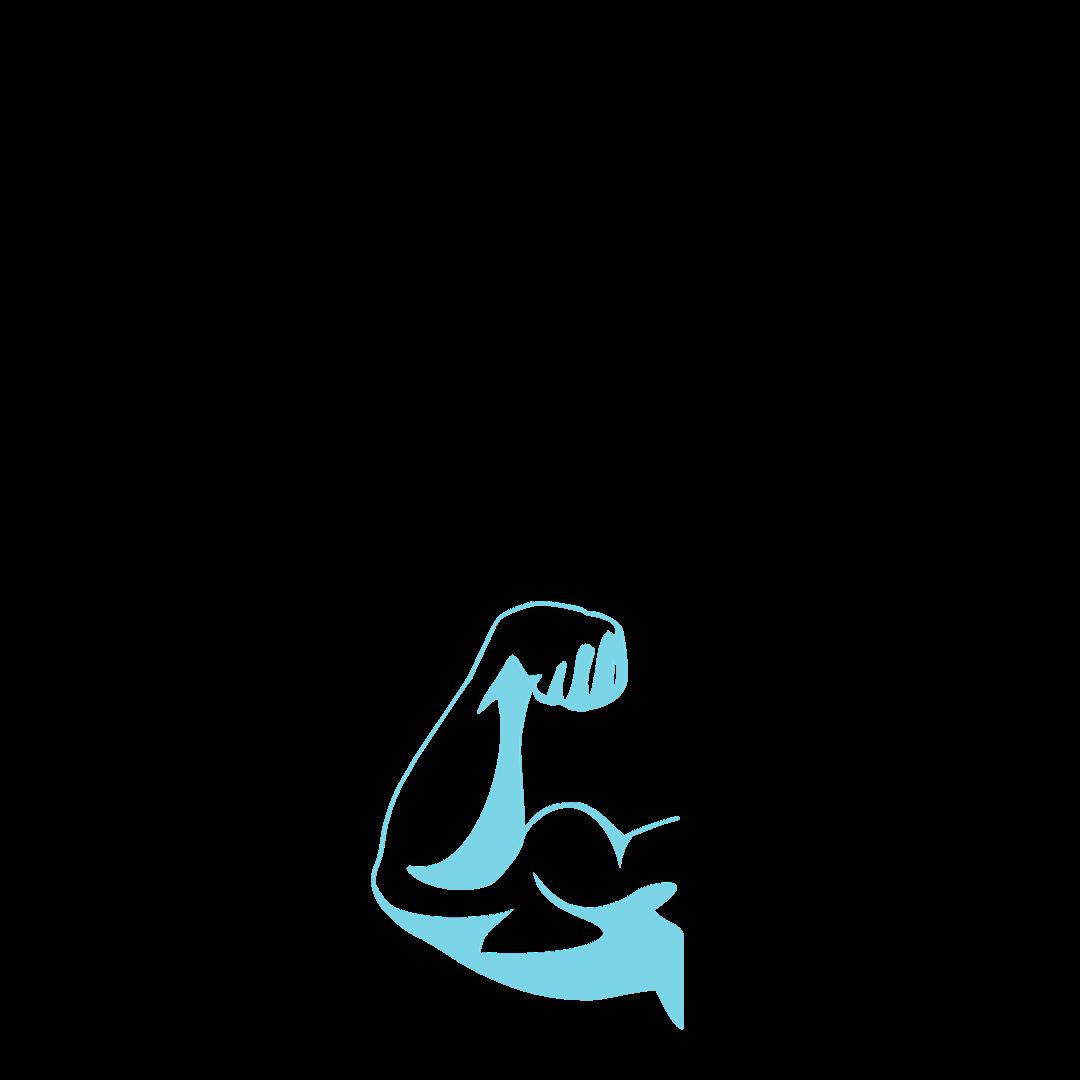
Protein plays a big role in building and repairing muscles.
Protein is a MACRONUTRIENT . A macronutrient is a nutrient that the body needs in LARGE
Protein helps maintain fluid balance throughout the body.




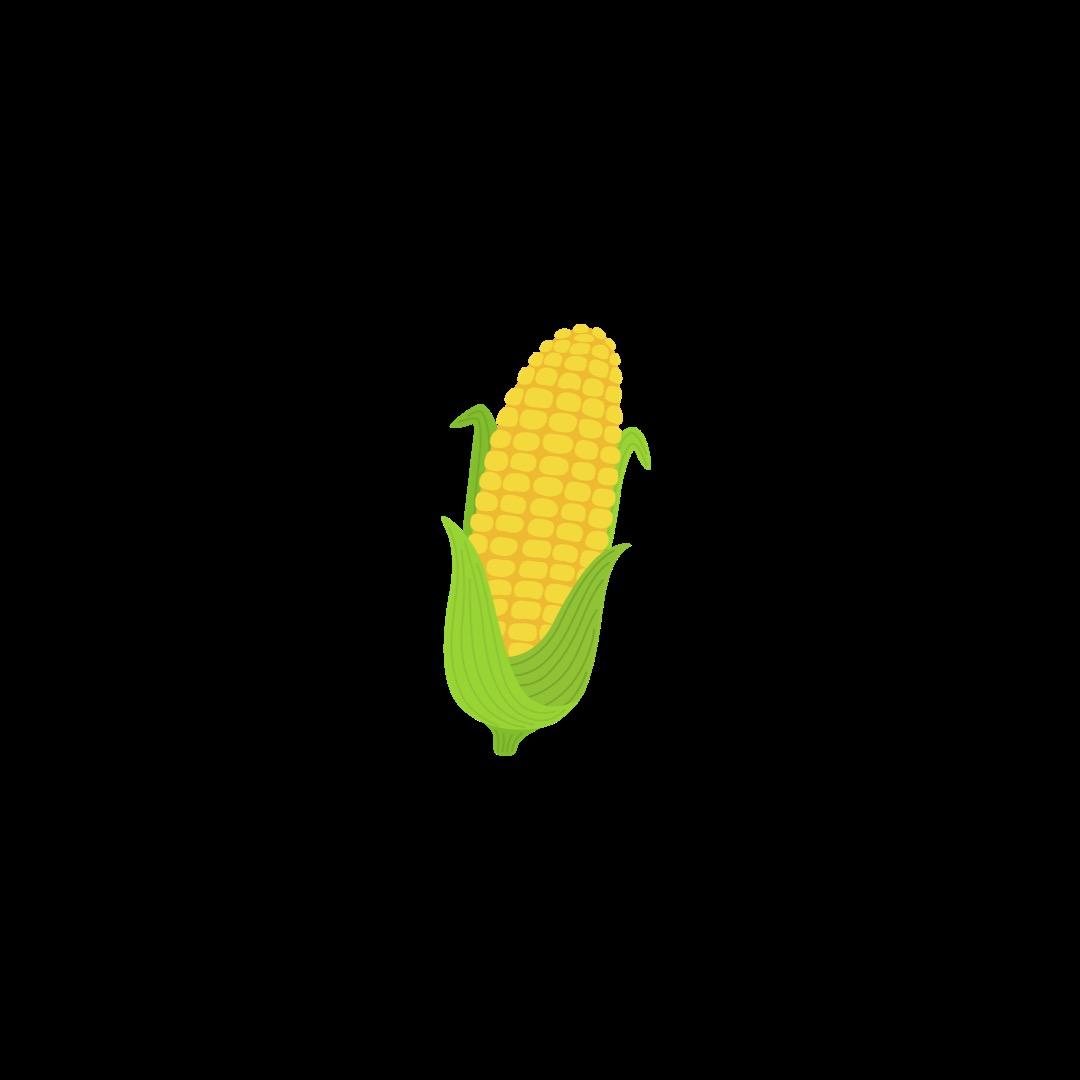
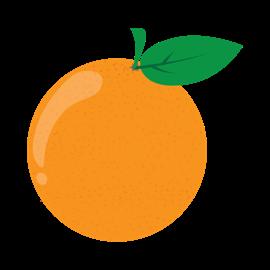
AOIDXTAITNN
TVAIINM C
BEIRF ENPRTOI

